The 1920's was a decade of major cultural and artistic change, and nowhere was this more evident than in the design of living rooms. The Art Deco style was all the rage, characterized by its bold geometric shapes, rich colors, and lavish materials. This style was heavily influenced by the emerging modernism movement, which sought to break away from traditional design and embrace the sleek, streamlined look of the future. The Art Deco living room was a reflection of the times – glamorous, opulent, and full of energy. It was a stark contrast to the more subdued styles of the previous decades, and it captured the spirit of the Roaring Twenties perfectly.Art Deco Style
The 1920's in America was a time of economic prosperity, social change, and cultural rebellion. It was a decade of jazz music, flapper fashion, and a newfound sense of freedom. And this spirit of excitement and excess was reflected in the design of living rooms. The living room became the center of social gatherings, and it was no longer a stuffy and formal space. Instead, it was a place to let loose, have fun, and showcase the latest trends. The Roaring Twenties were all about living life to the fullest, and the living room was the perfect place to do just that.Roaring Twenties
The 1920's was also known as the Flapper Era – a time when women were breaking free from traditional societal norms and embracing a more independent and carefree lifestyle. The flapper look was characterized by short hair, short dresses, and a rebellious attitude, and this style was reflected in the design of living rooms. The living room became a space to showcase modern and progressive ideas, with bold colors, unique furniture, and unconventional decor. It was a reflection of the changing role of women in society and the desire to break away from the past.Flapper Era
Jazz music was the soundtrack of the 1920's, and it had a major influence on the design of living rooms. The lively and energetic rhythms of jazz were reflected in the bold and vibrant colors used in living room decor. Jazz-inspired artwork and furniture also became popular, adding a touch of sophistication to living room spaces. The Jazz Age was all about embracing the new and rejecting the old, and this was evident in the design of living rooms, which became a symbol of modernity and progress.Jazz Age
The 1920's was also known as the Prohibition era, where the sale and consumption of alcohol was illegal. But this didn't stop people from indulging in their favorite drinks. Speakeasies, secret underground bars, became popular, and they had a major influence on the design of living rooms. The speakeasy aesthetic was all about luxury and indulgence, and this was reflected in the opulent furnishings, rich colors, and glamorous decor of living rooms. Even if people couldn't legally drink in public, they could still enjoy the feeling of luxury and excess in their own homes.Prohibition
Speakeasies not only influenced the design of living rooms, but they also became popular gathering places for socializing and entertainment. They were places to see and be seen, and the living room became the perfect space to showcase the latest trends and impress guests. Speakeasies were also known for their illicit activities, and this added an element of danger and excitement to the living room space. Hidden compartments, secret doors, and hidden bars became popular features in living rooms, adding to the allure of the speakeasy aesthetic.Speakeasies
The 1920's was a time of major technological advancements and a desire to embrace the future. This was reflected in the design of living rooms, which became more streamlined, functional, and futuristic. The modernism movement rejected traditional design and embraced the use of new materials and technologies. The living room became a space to showcase the latest innovations in furniture, lighting, and decor. It was a place to showcase a forward-thinking and progressive mindset, and it became a symbol of modern living.Modernism
One of the key characteristics of living rooms in the 1920's was the streamlined design. This was a departure from the ornate and intricate styles of the past and embraced a more sleek and minimalistic approach. Furniture, lighting, and decor became more functional and less decorative, with clean lines and geometric shapes. This streamlined design not only reflected the modernism movement but also the changing attitudes towards living spaces. The living room was no longer just a formal and stuffy space, but a place to relax, socialize, and enjoy modern conveniences.Streamlined Design
Geometric patterns were a major design trend in the 1920's, and they could be seen everywhere – from fashion to architecture to interior design. In living rooms, geometric patterns were used in wallpaper, upholstery, and rugs to create a sense of movement and energy. The use of bold and vibrant colors in geometric patterns added to the lively and energetic atmosphere of living rooms in the 1920's. This design trend was a reflection of the modern and progressive mindset of the time and added a touch of excitement to living room spaces.Geometric Patterns
The 1920's was a period of excess and indulgence, and this was evident in the opulent furnishings used in living rooms. Luxurious materials such as velvet, silk, and satin were popular choices for furniture, adding a touch of glamour and sophistication to living room spaces. Ornate and intricate details were also popular, such as tufted upholstery, carved wood, and gilded accents. Living rooms were meant to impress and showcase the wealth and status of the homeowner, and the furnishings played a major role in achieving this. In conclusion, the 1920's was a decade of major cultural and artistic change, and this was reflected in the design of living rooms. The Art Deco style, flapper era, jazz age, and modernism all had a major influence on the design trends of the time. With its bold colors, geometric patterns, and opulent furnishings, the living room became a symbol of the exciting and progressive spirit of the Roaring Twenties.Opulent Furnishings
The Evolution of Living Rooms in the 1920s

The Roaring Twenties ushered in a new era of design and style in American homes. After the end of World War I, people were ready to embrace a more modern and luxurious way of living. This was reflected in the design of their living rooms, which were considered the heart of the home.
 During the 1920s,
modernism
was the dominant style in interior design. This meant clean lines, geometric shapes, and a focus on function over ornamentation. The living room became a space for entertaining and relaxation, rather than just a formal room for receiving guests.
One of the most iconic features of living rooms in the 1920s was the
art deco
style. This design movement was characterized by bold colors, geometric shapes, and luxurious materials such as marble, gold, and velvet. This style was seen in everything from furniture to lighting fixtures and was a symbol of wealth and modernity.
The rise of technology also had a major impact on living room design in the 1920s. With the introduction of
radio and phonographs
, the living room became a space for entertainment. Families would gather around the radio to listen to news broadcasts and popular music, while phonographs allowed for the playing of records.
In addition to technological advancements, the 1920s also saw a rise in
consumerism
. This led to the mass production of furniture and household items, making them more affordable for the average person. As a result, living rooms became more functional and comfortable, with the addition of items such as
sofas, armchairs, and coffee tables
.
Another important factor in the design of living rooms in the 1920s was the
influence of Hollywood
. With the rise of the film industry, people were exposed to glamorous and luxurious interiors on the big screen. This translated into their own homes, with many incorporating Hollywood-inspired elements such as
mirrored accents and plush fabrics
.
In conclusion, the 1920s was a decade of change and innovation in living room design. The modernist movement, art deco style, technological advancements, consumerism, and Hollywood influence all played a role in shaping the way living rooms were designed and used. These trends continue to influence interior design today, making the living room a timeless and ever-evolving space in the home.
During the 1920s,
modernism
was the dominant style in interior design. This meant clean lines, geometric shapes, and a focus on function over ornamentation. The living room became a space for entertaining and relaxation, rather than just a formal room for receiving guests.
One of the most iconic features of living rooms in the 1920s was the
art deco
style. This design movement was characterized by bold colors, geometric shapes, and luxurious materials such as marble, gold, and velvet. This style was seen in everything from furniture to lighting fixtures and was a symbol of wealth and modernity.
The rise of technology also had a major impact on living room design in the 1920s. With the introduction of
radio and phonographs
, the living room became a space for entertainment. Families would gather around the radio to listen to news broadcasts and popular music, while phonographs allowed for the playing of records.
In addition to technological advancements, the 1920s also saw a rise in
consumerism
. This led to the mass production of furniture and household items, making them more affordable for the average person. As a result, living rooms became more functional and comfortable, with the addition of items such as
sofas, armchairs, and coffee tables
.
Another important factor in the design of living rooms in the 1920s was the
influence of Hollywood
. With the rise of the film industry, people were exposed to glamorous and luxurious interiors on the big screen. This translated into their own homes, with many incorporating Hollywood-inspired elements such as
mirrored accents and plush fabrics
.
In conclusion, the 1920s was a decade of change and innovation in living room design. The modernist movement, art deco style, technological advancements, consumerism, and Hollywood influence all played a role in shaping the way living rooms were designed and used. These trends continue to influence interior design today, making the living room a timeless and ever-evolving space in the home.


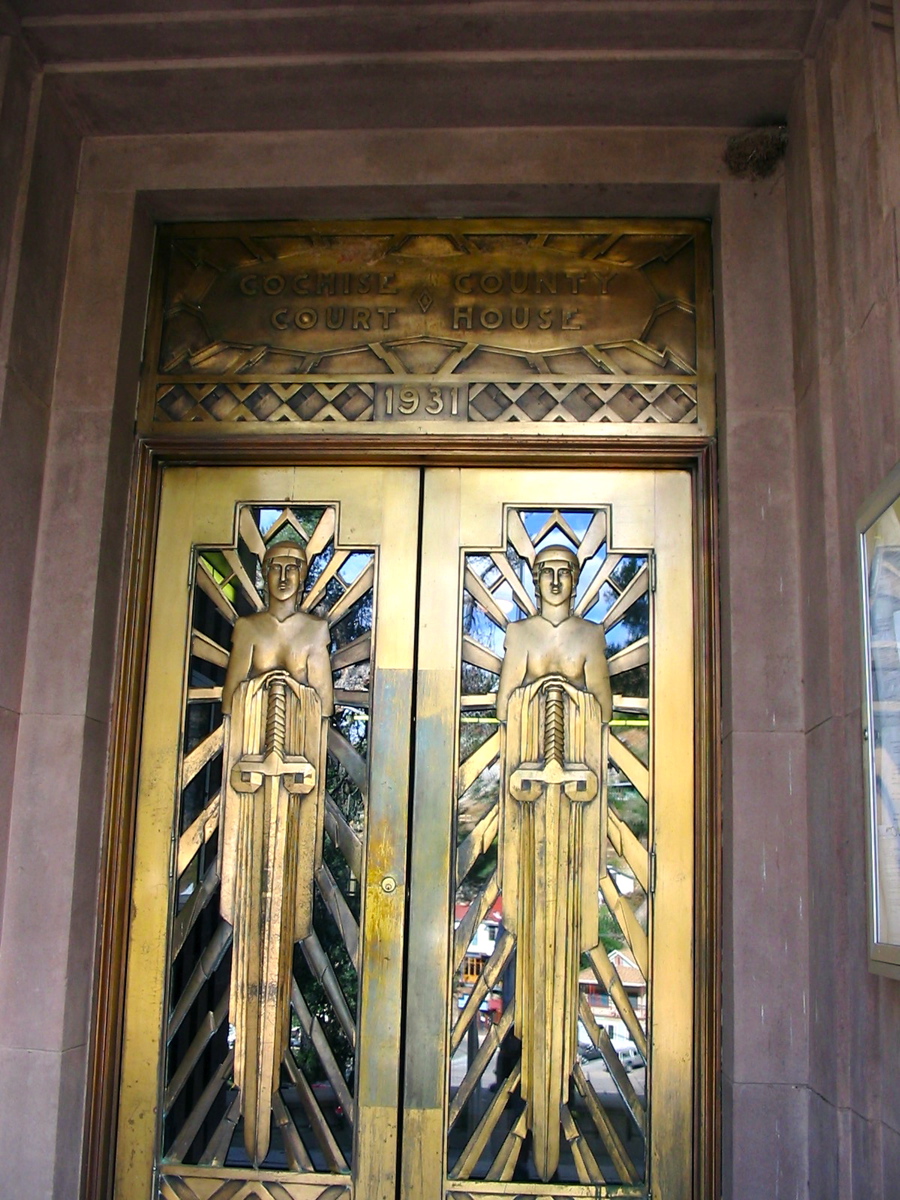
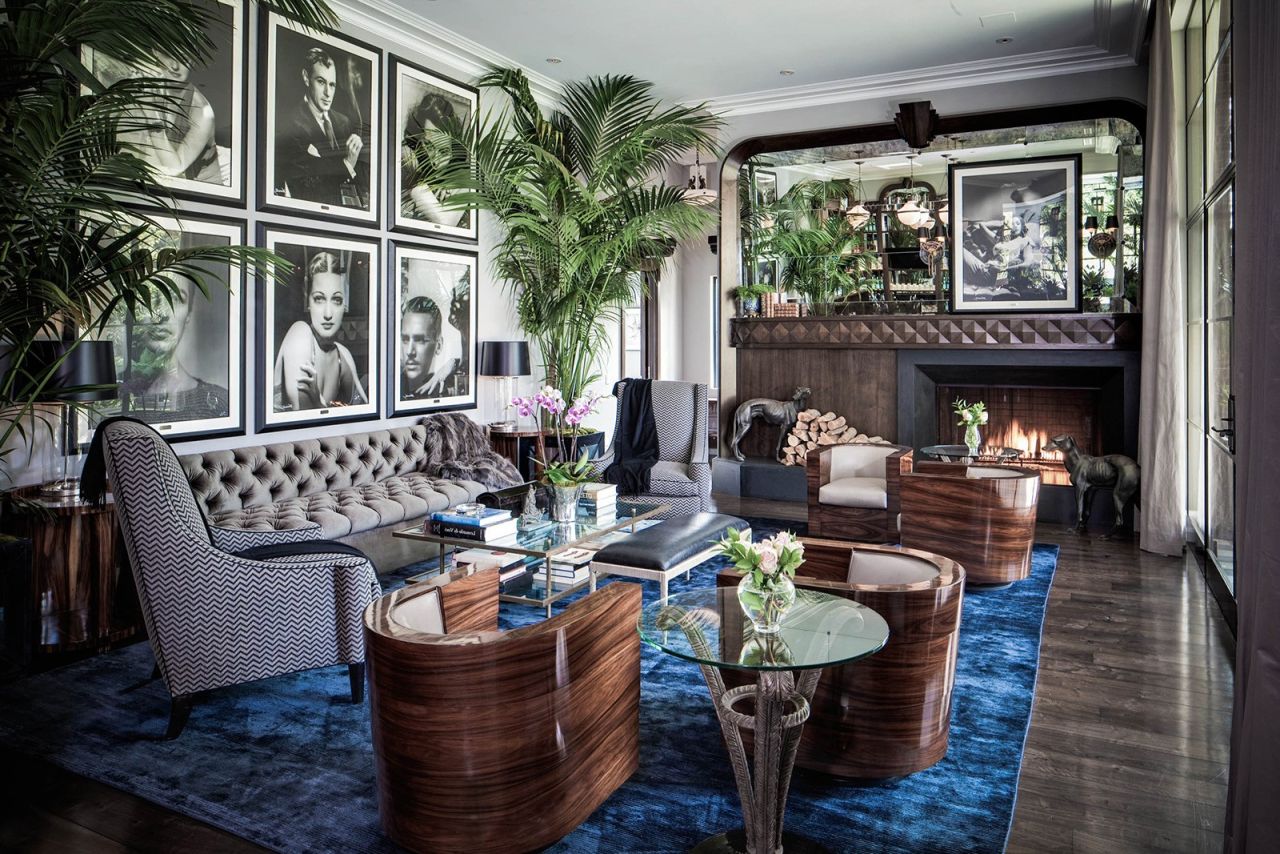


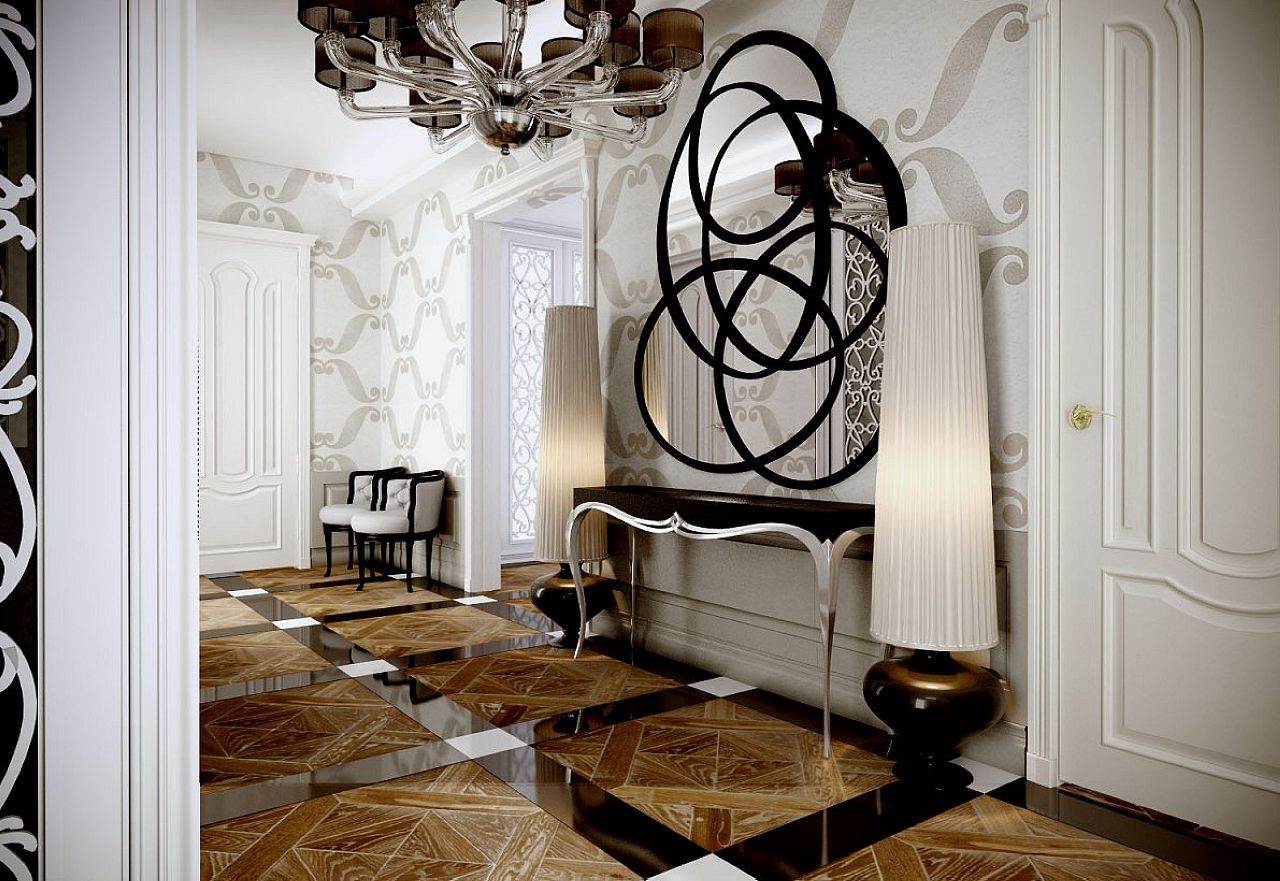

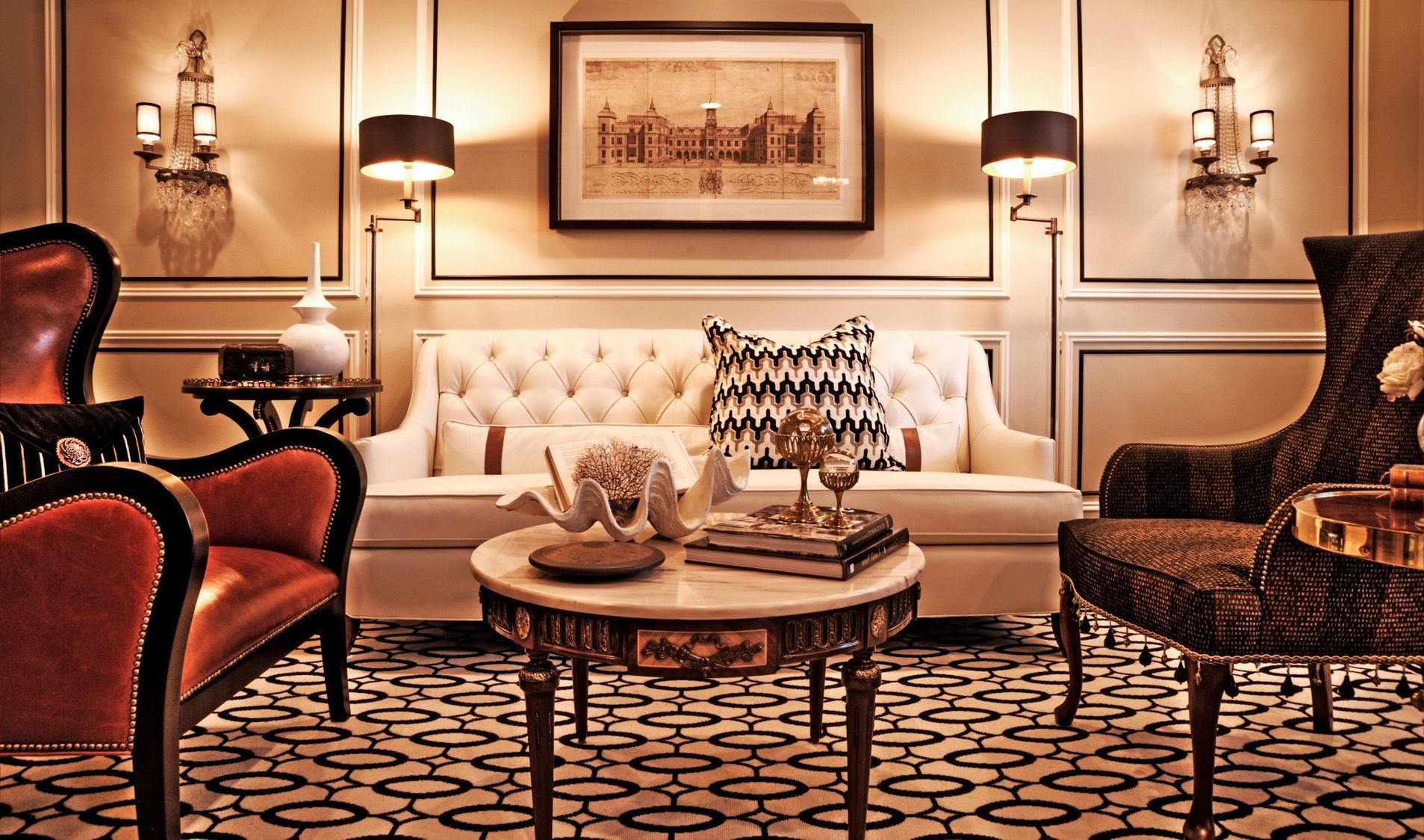






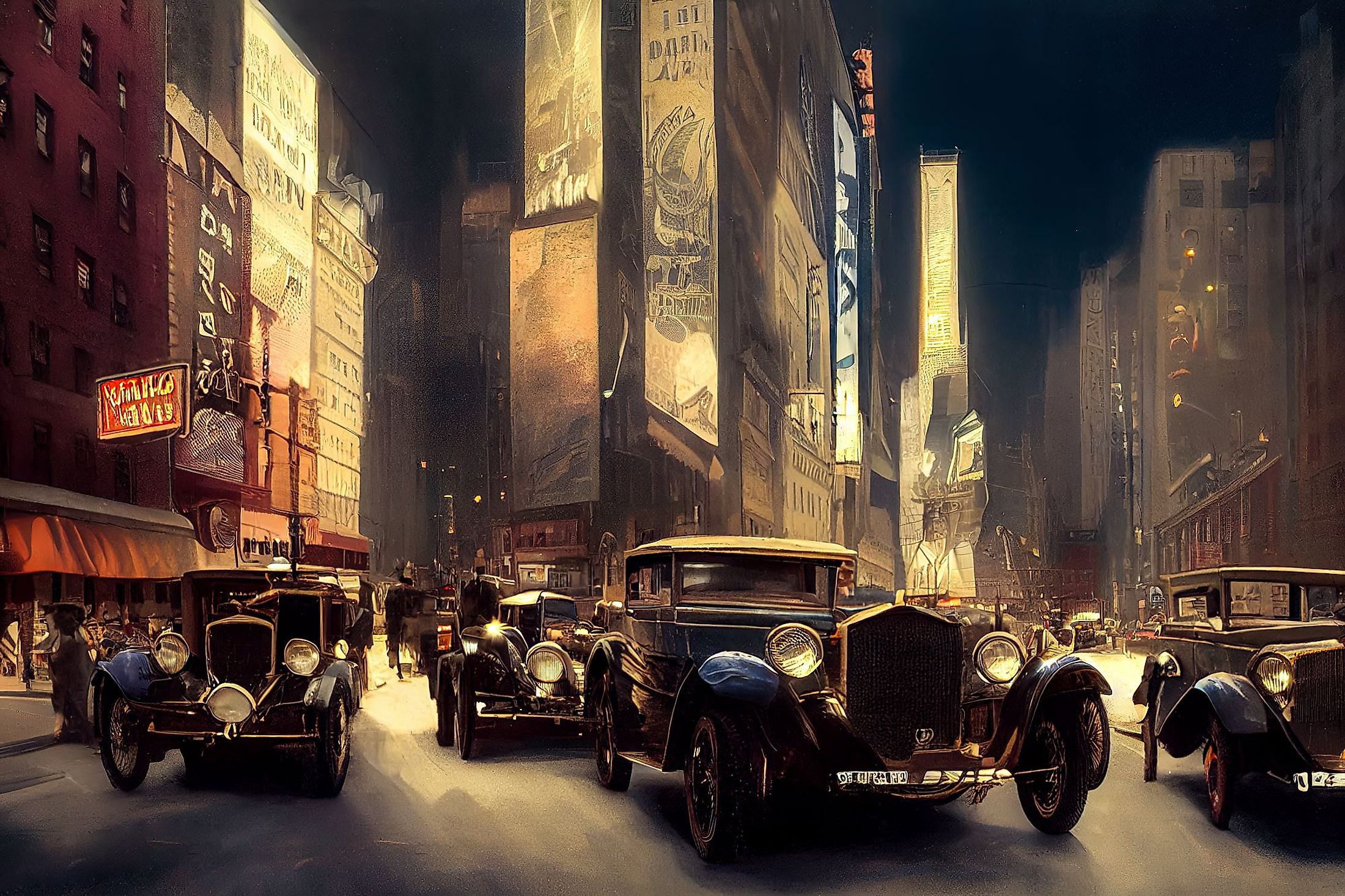
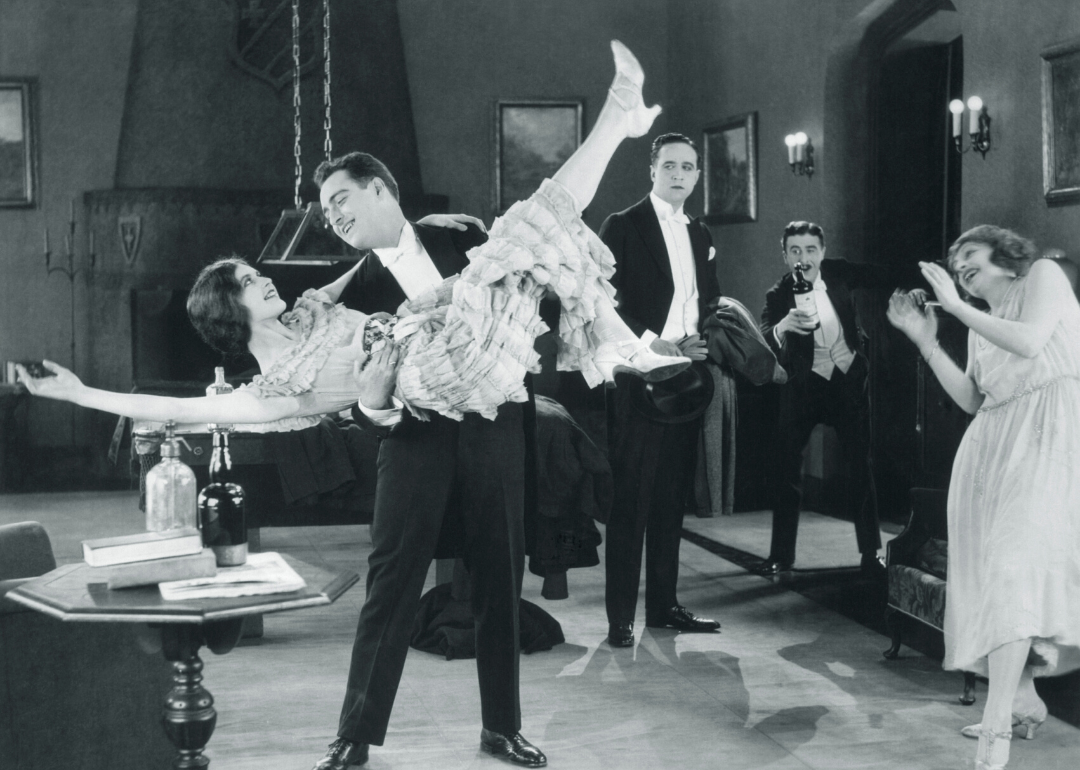
/Flappers1920s-58a346bd3df78c4758d56c59.jpg)

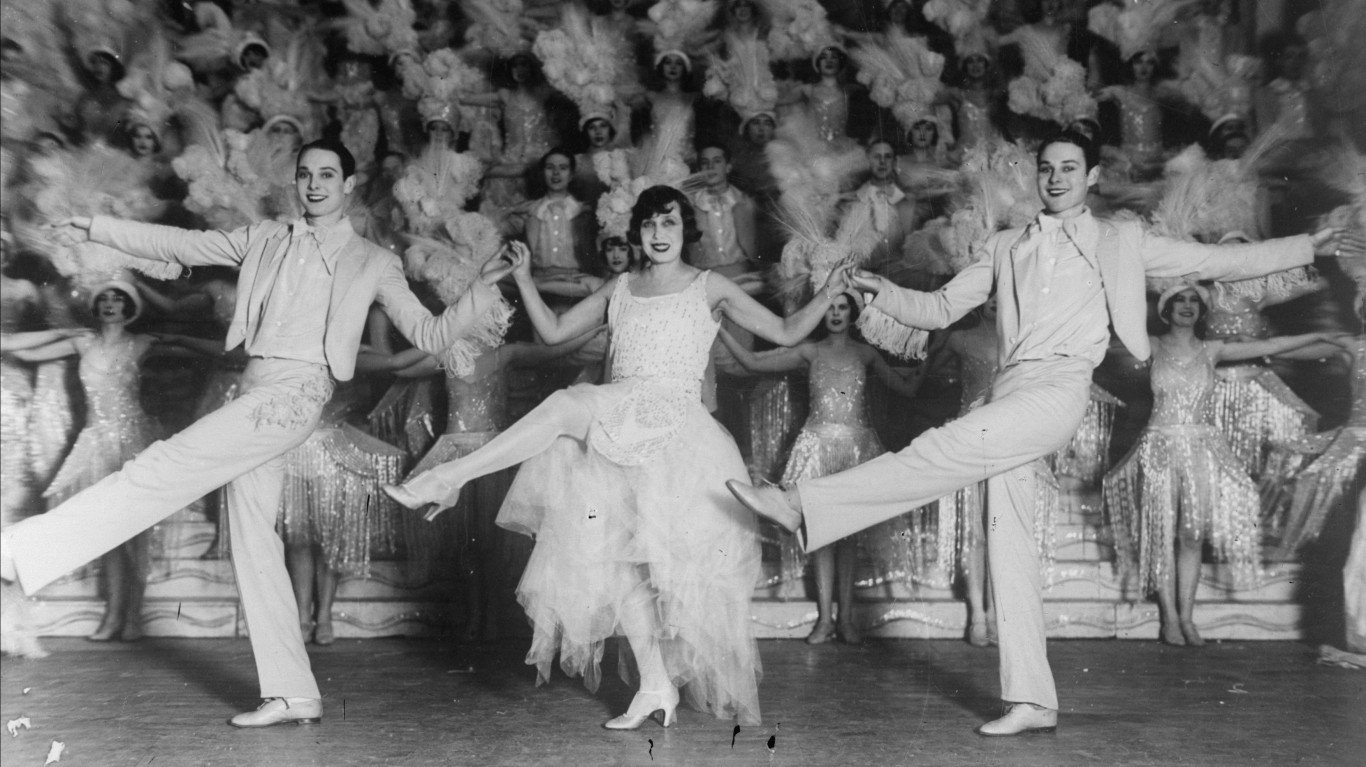
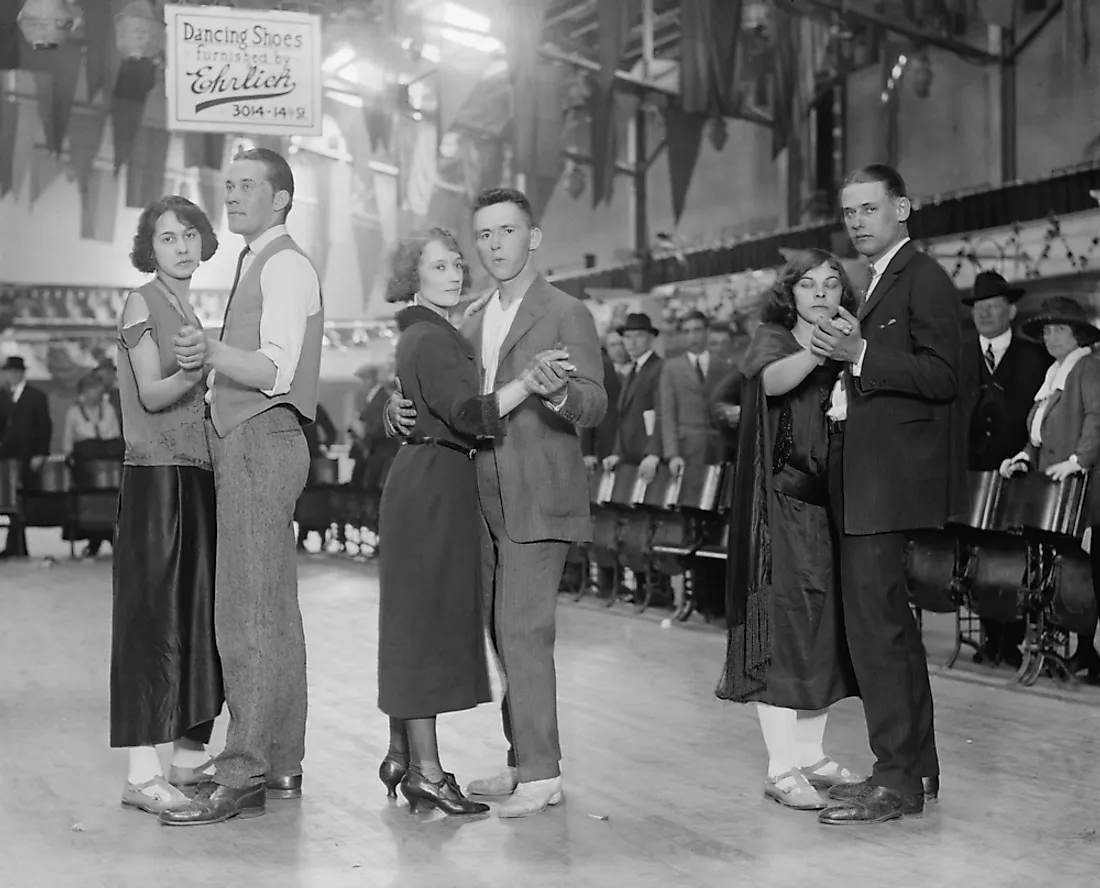
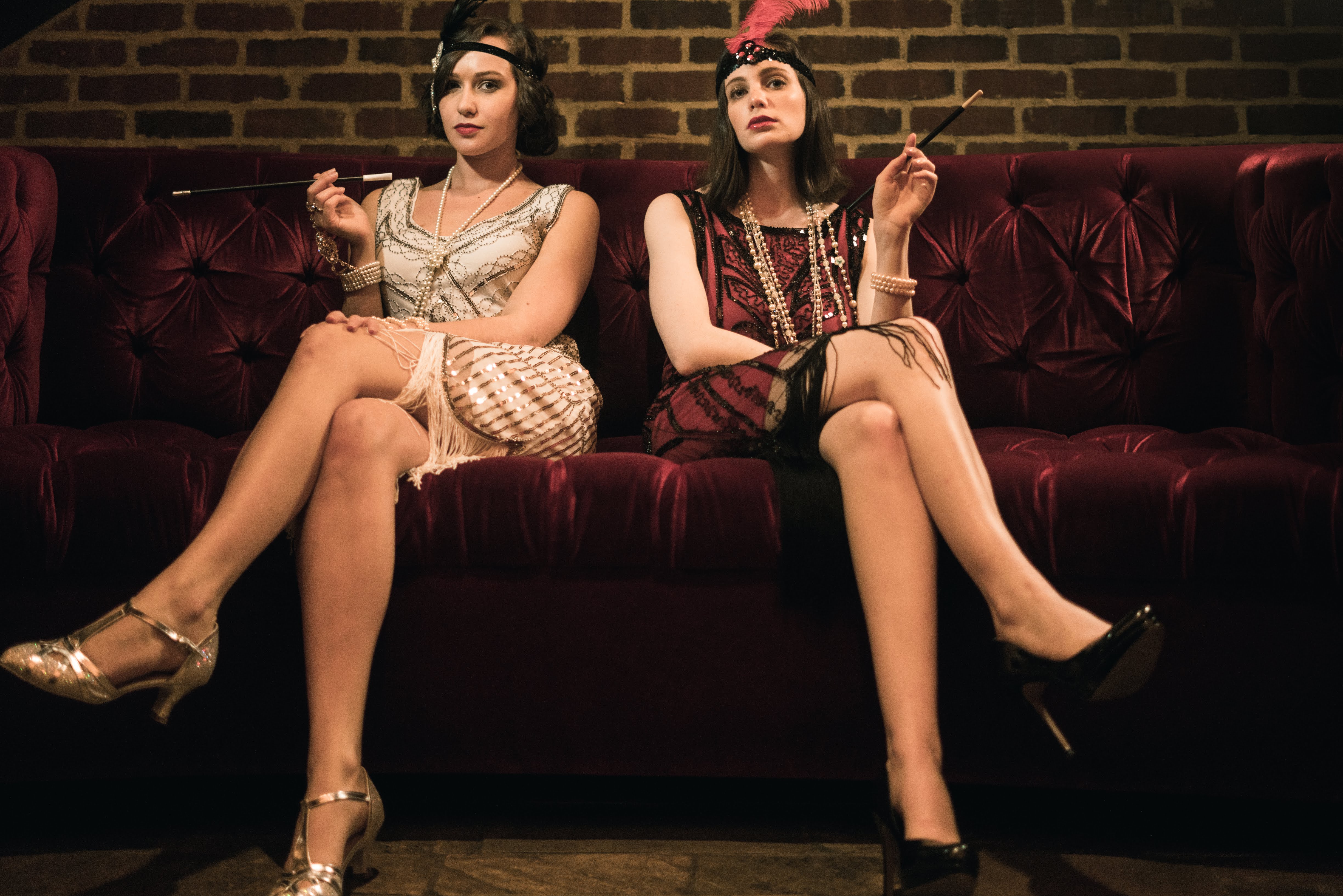

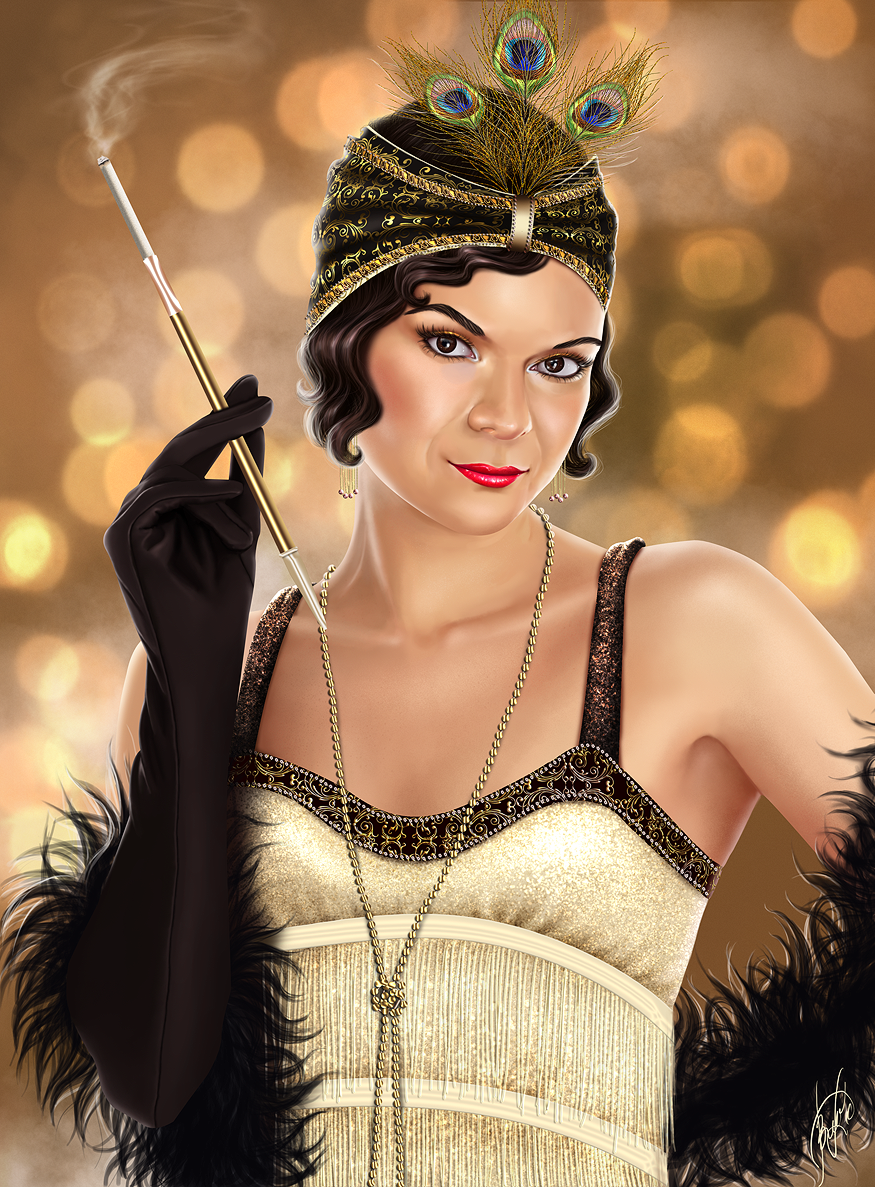

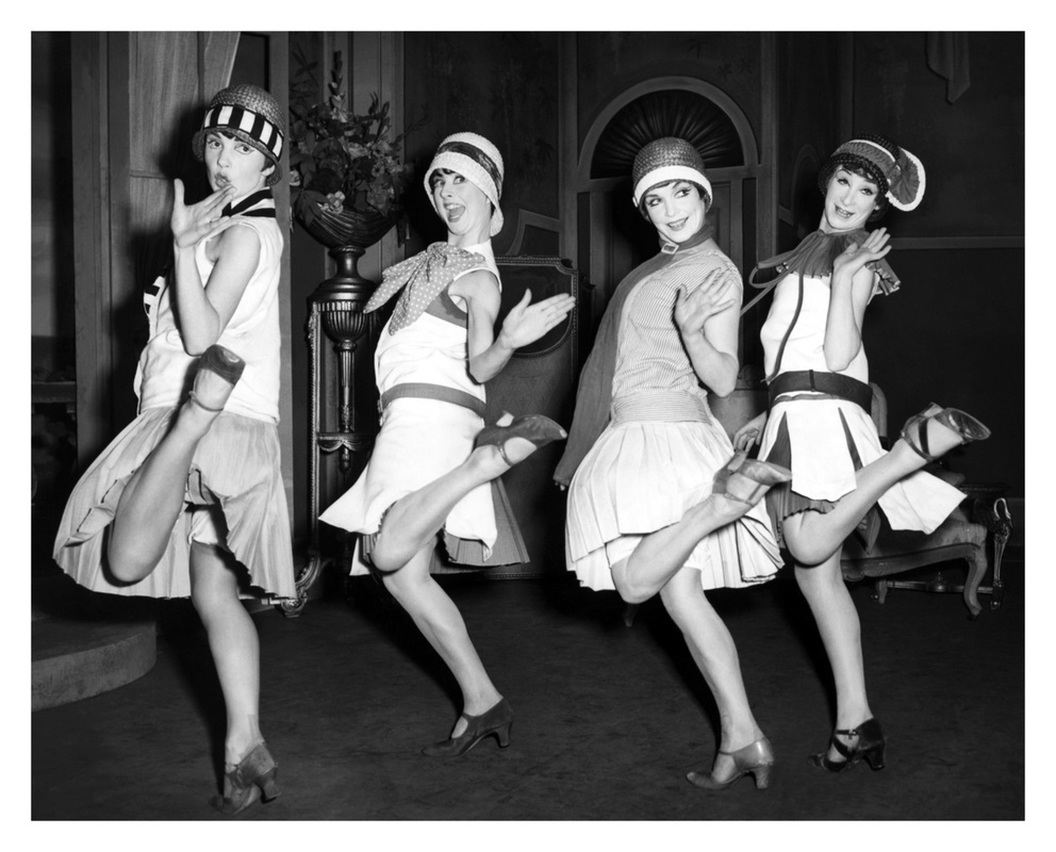
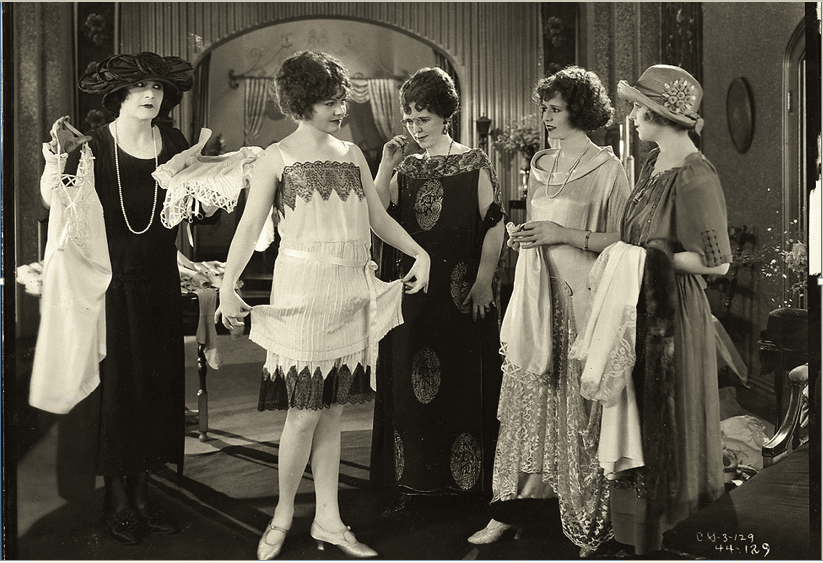
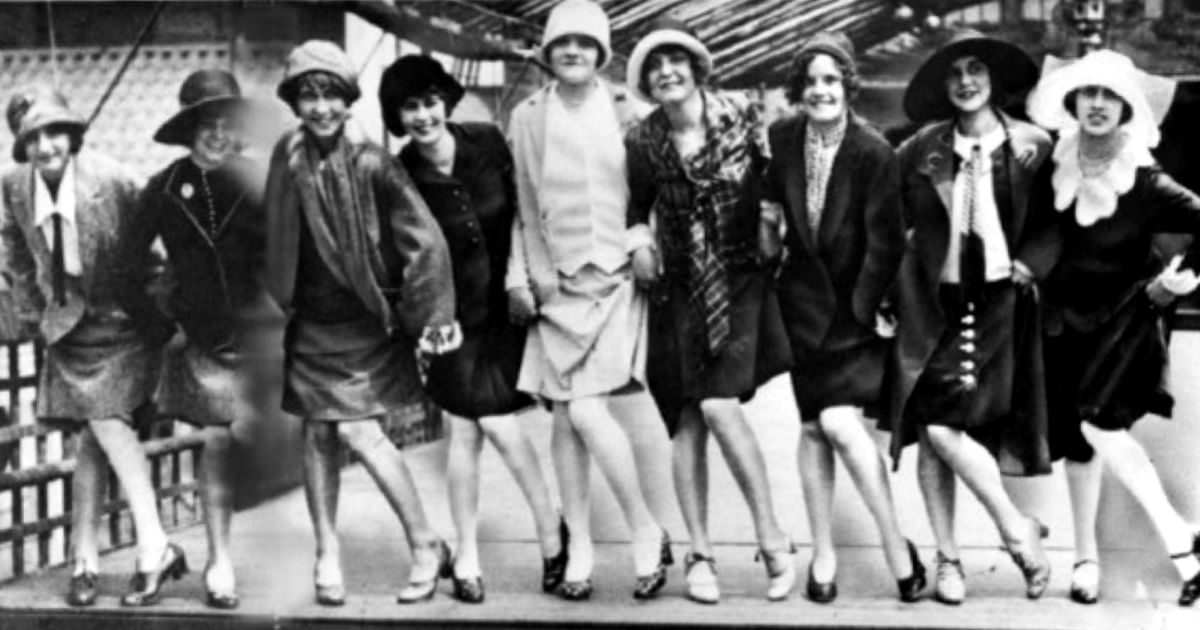

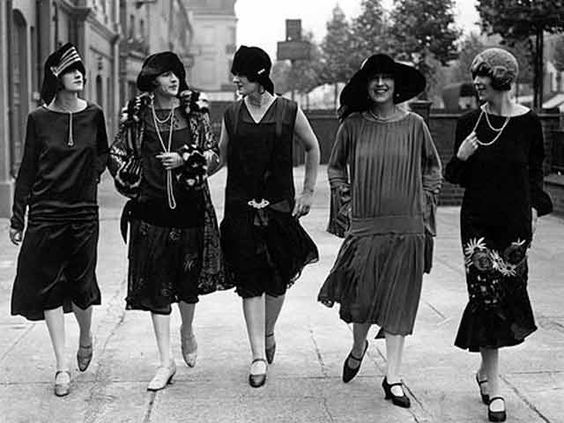





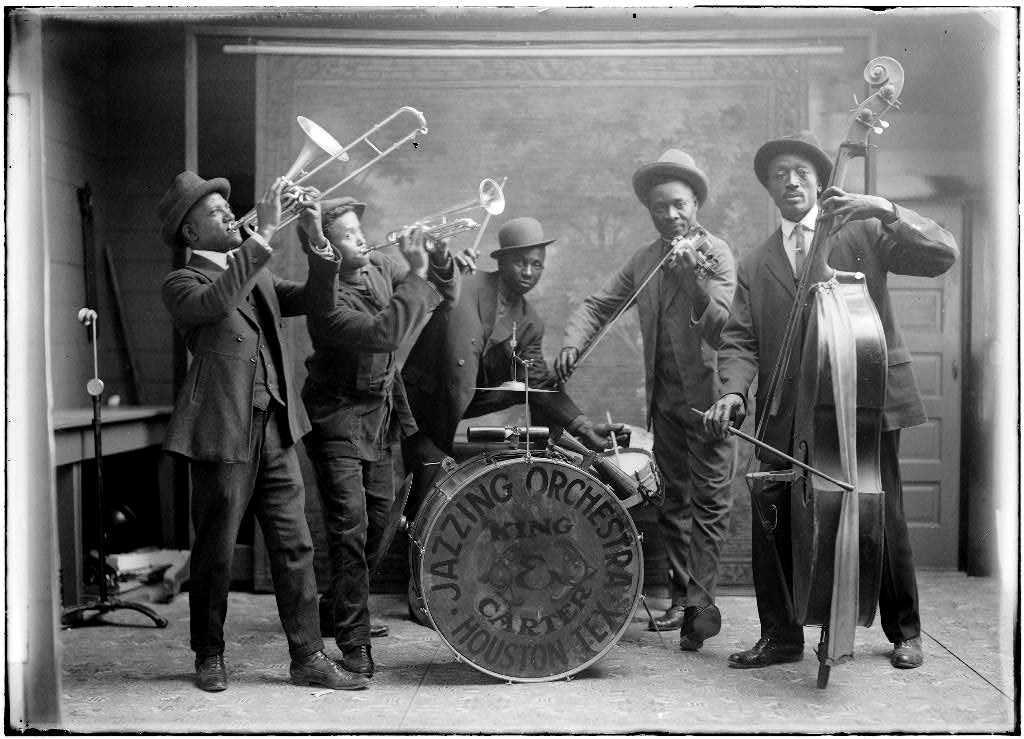



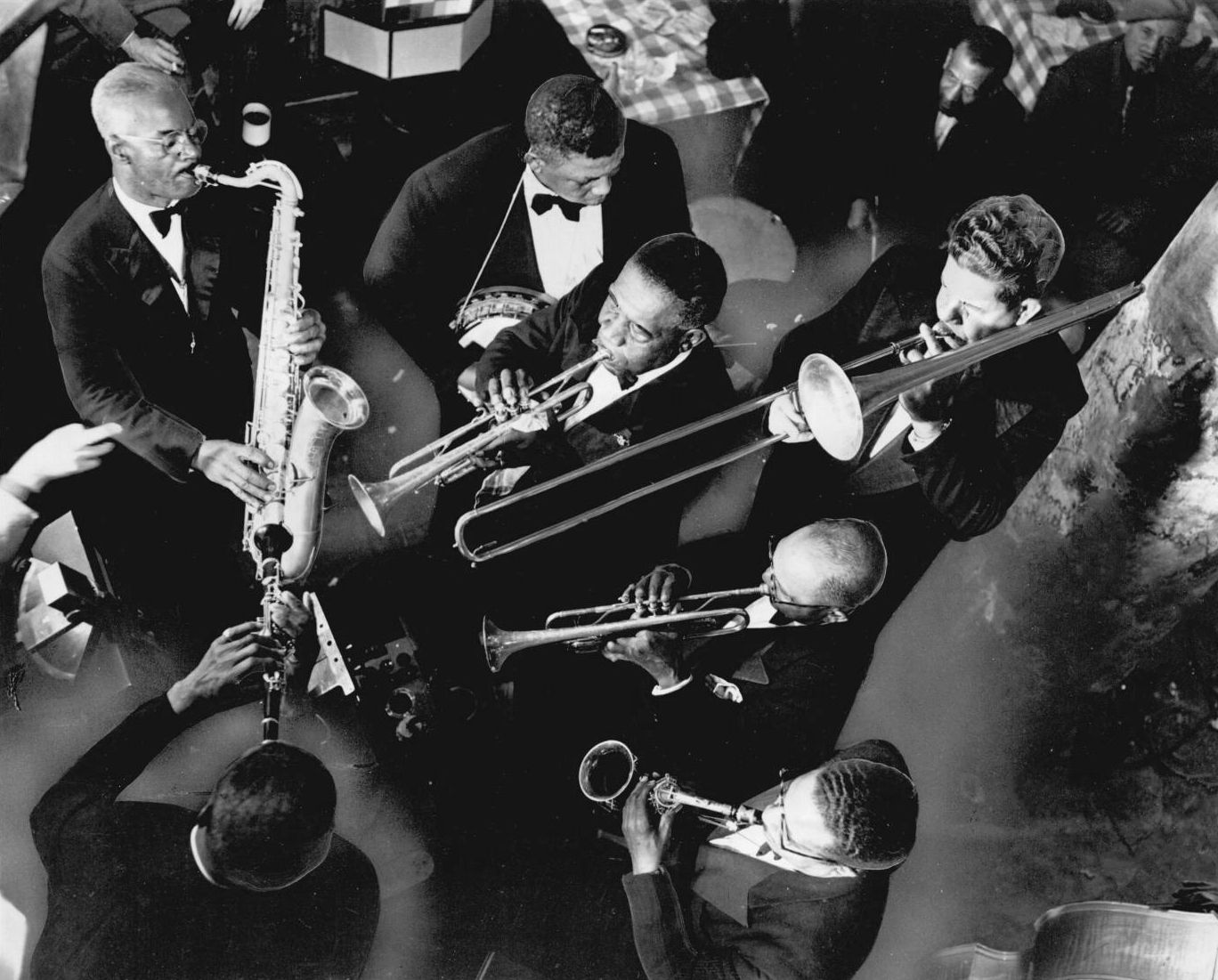


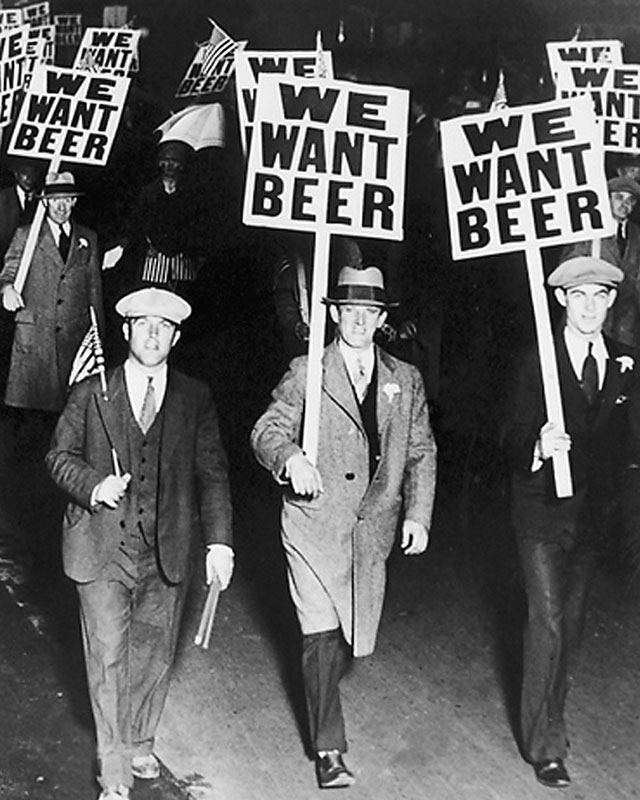


.jpg)
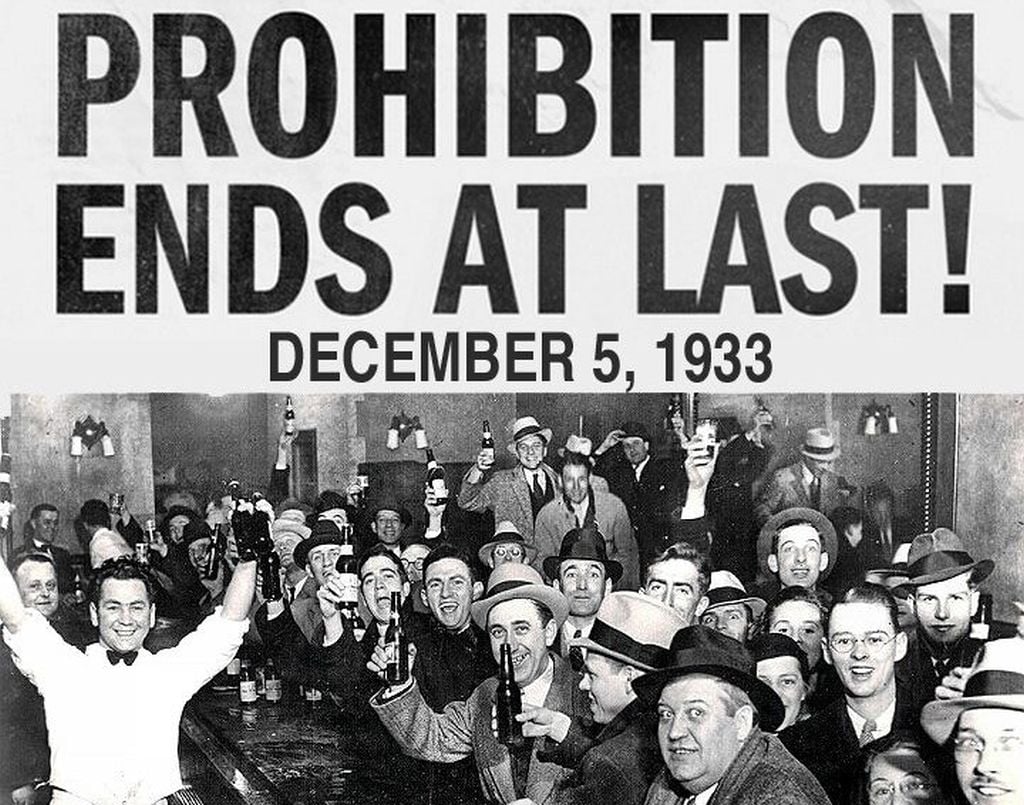

.jpg)
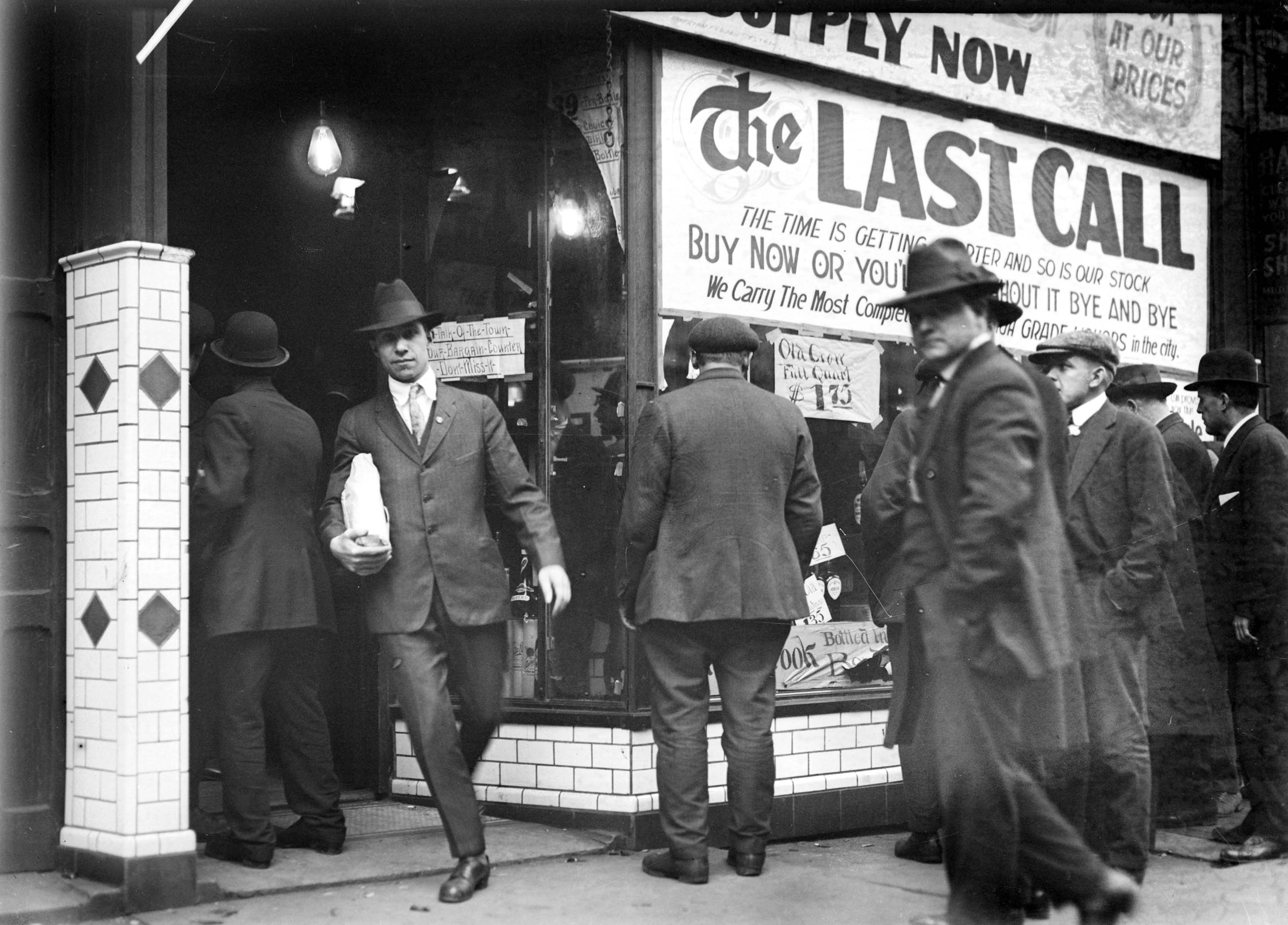
:max_bytes(150000):strip_icc()/RepealParty-89777212-56a173603df78cf7726ac039.jpg)
.jpg)

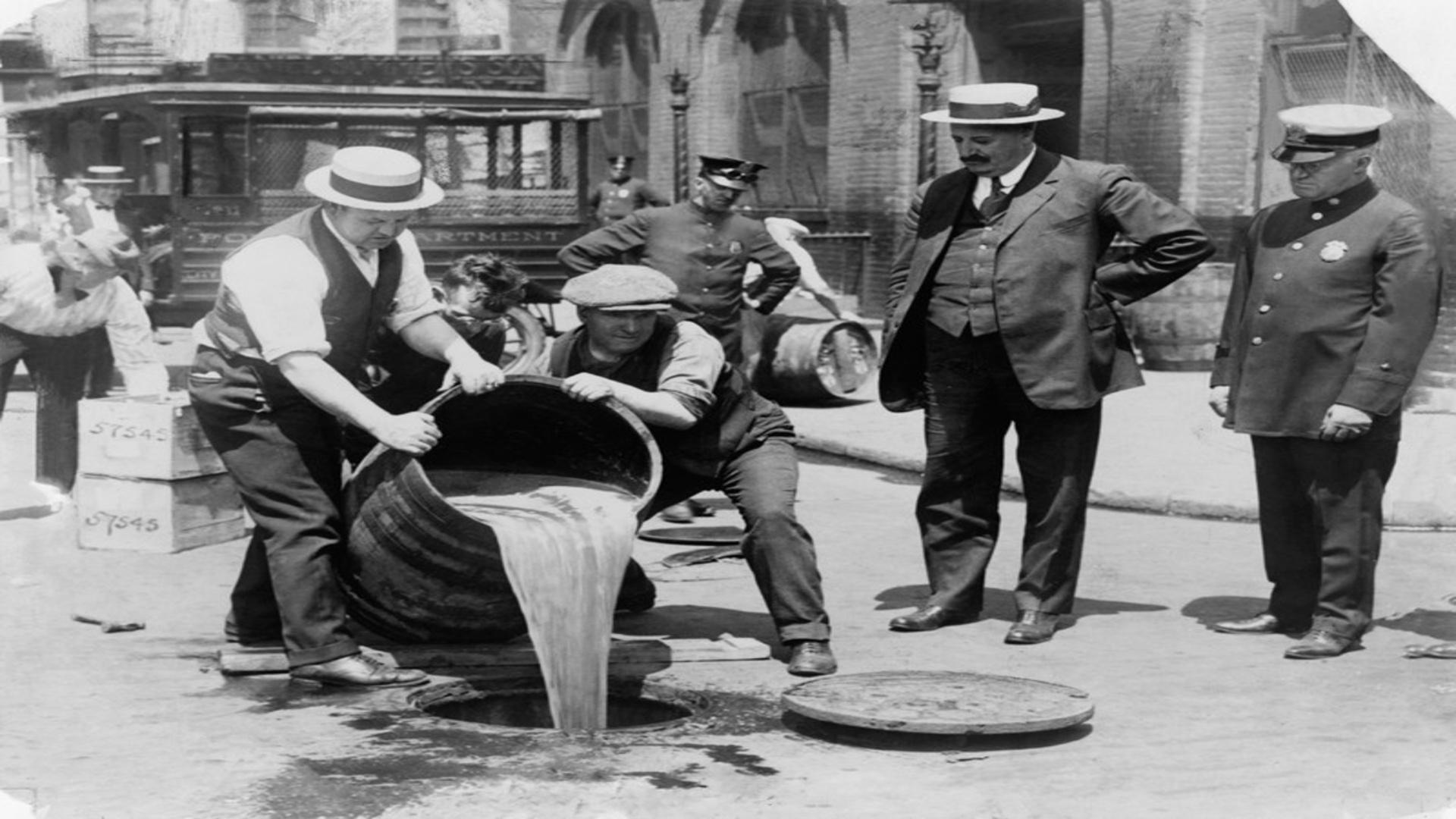







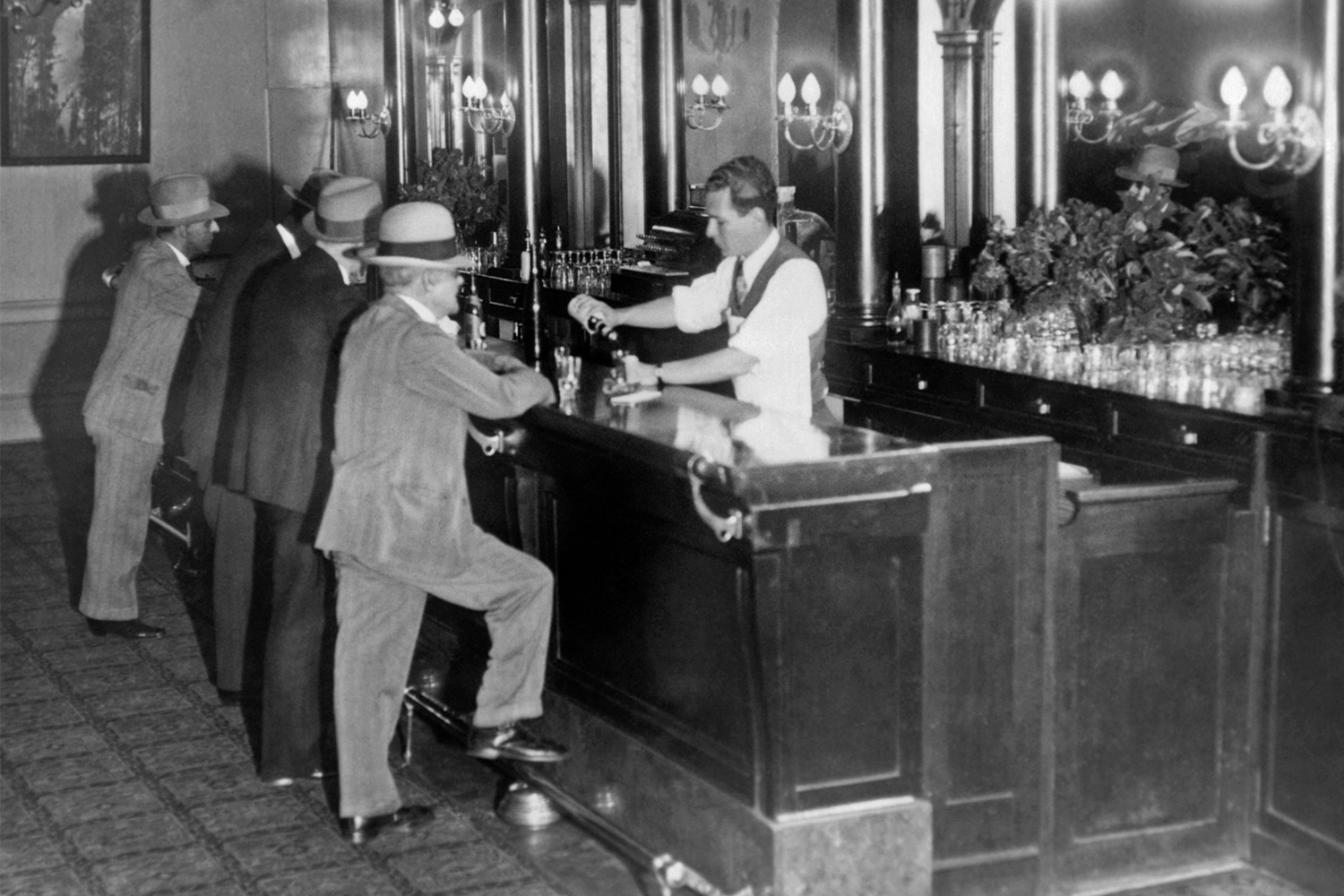
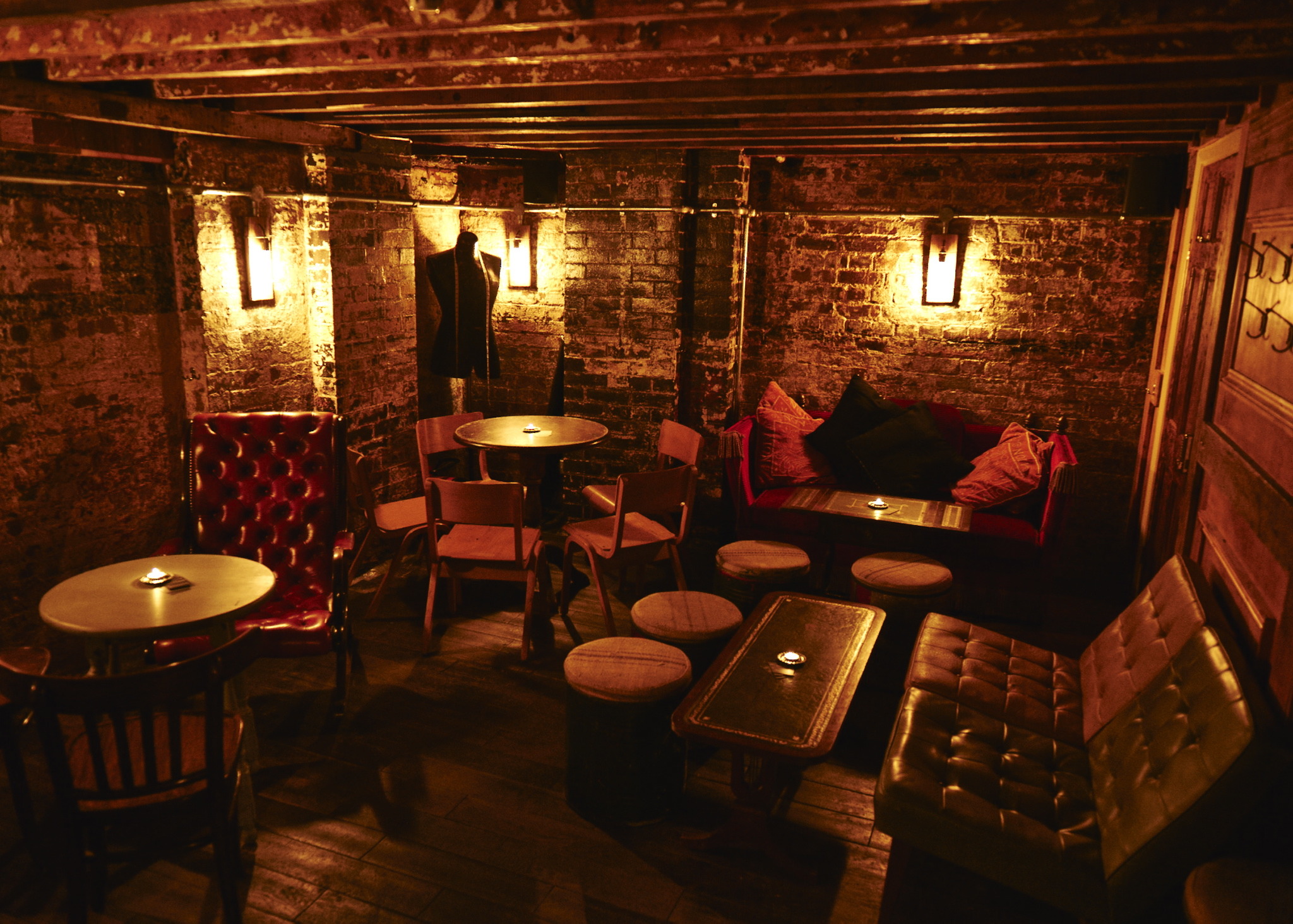
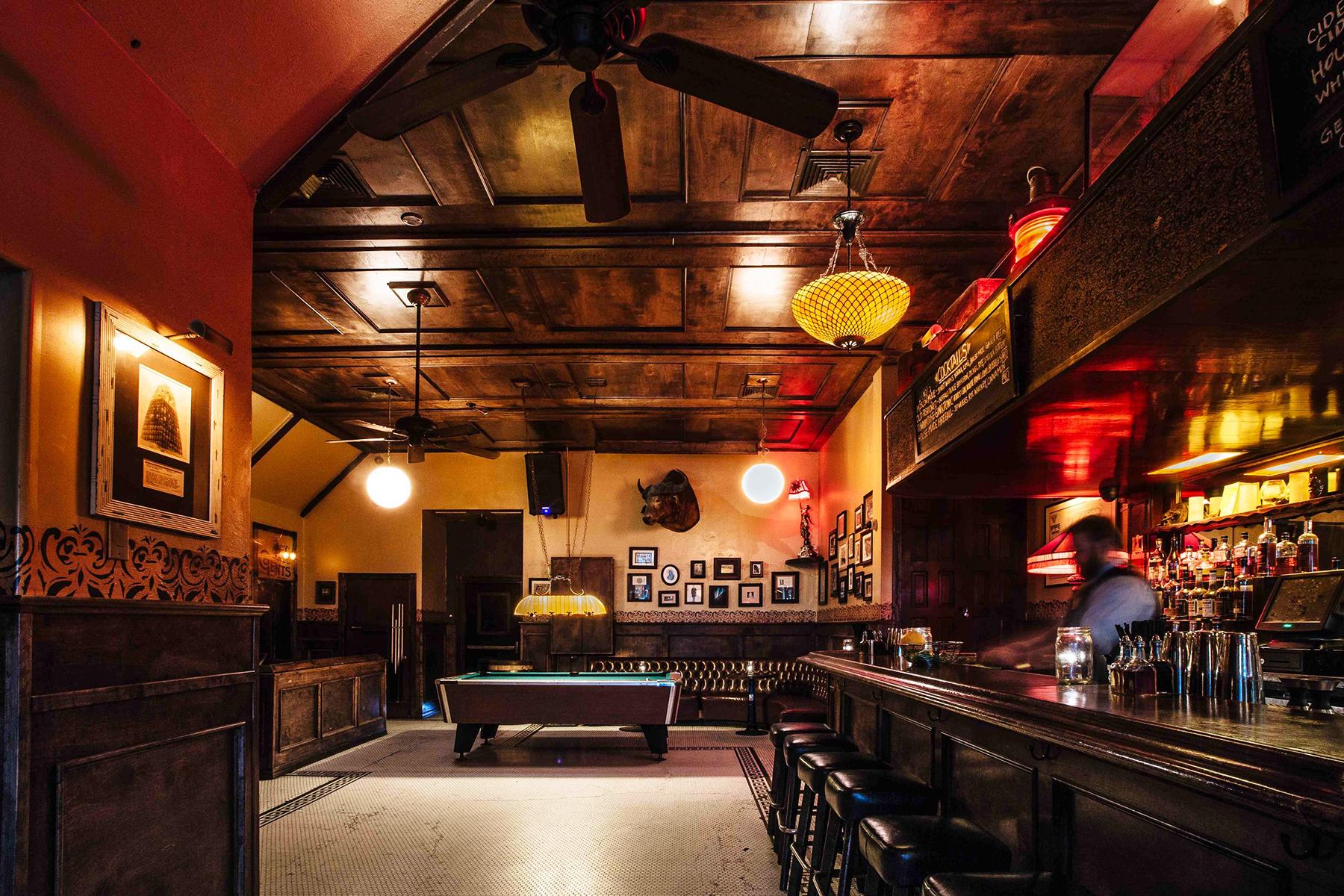





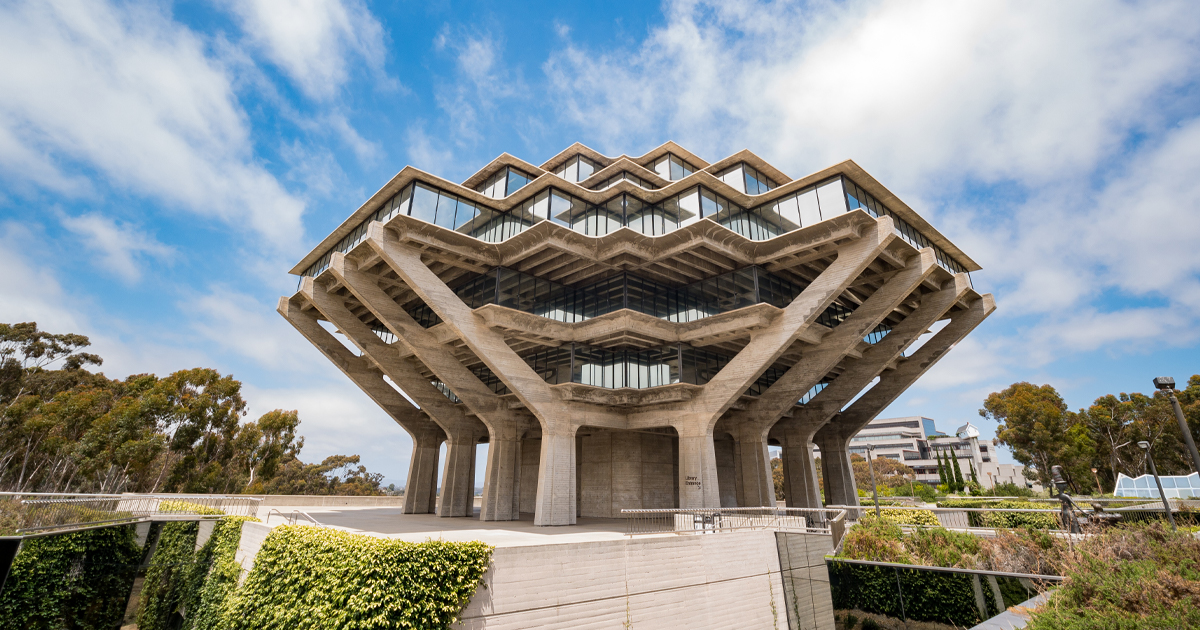




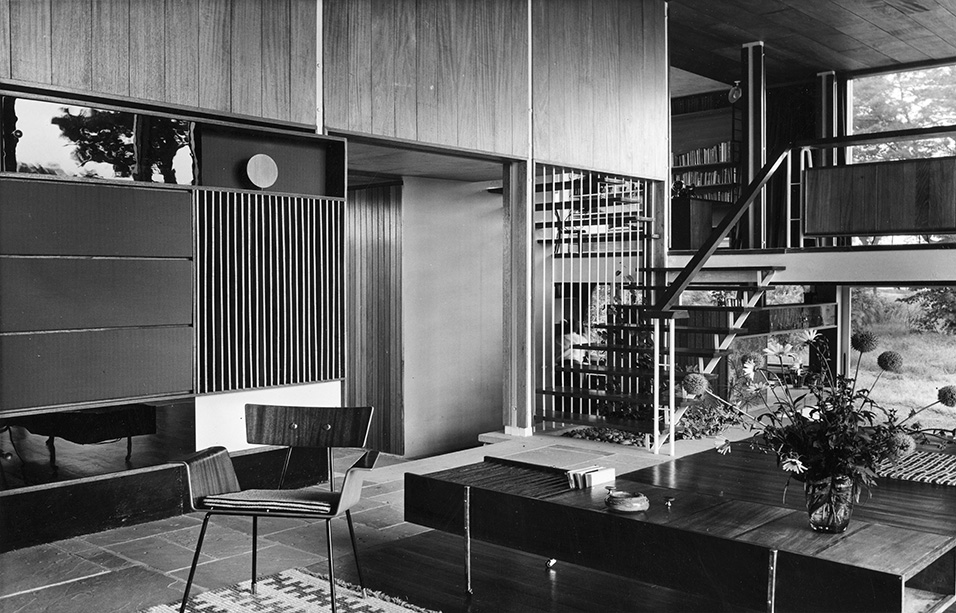
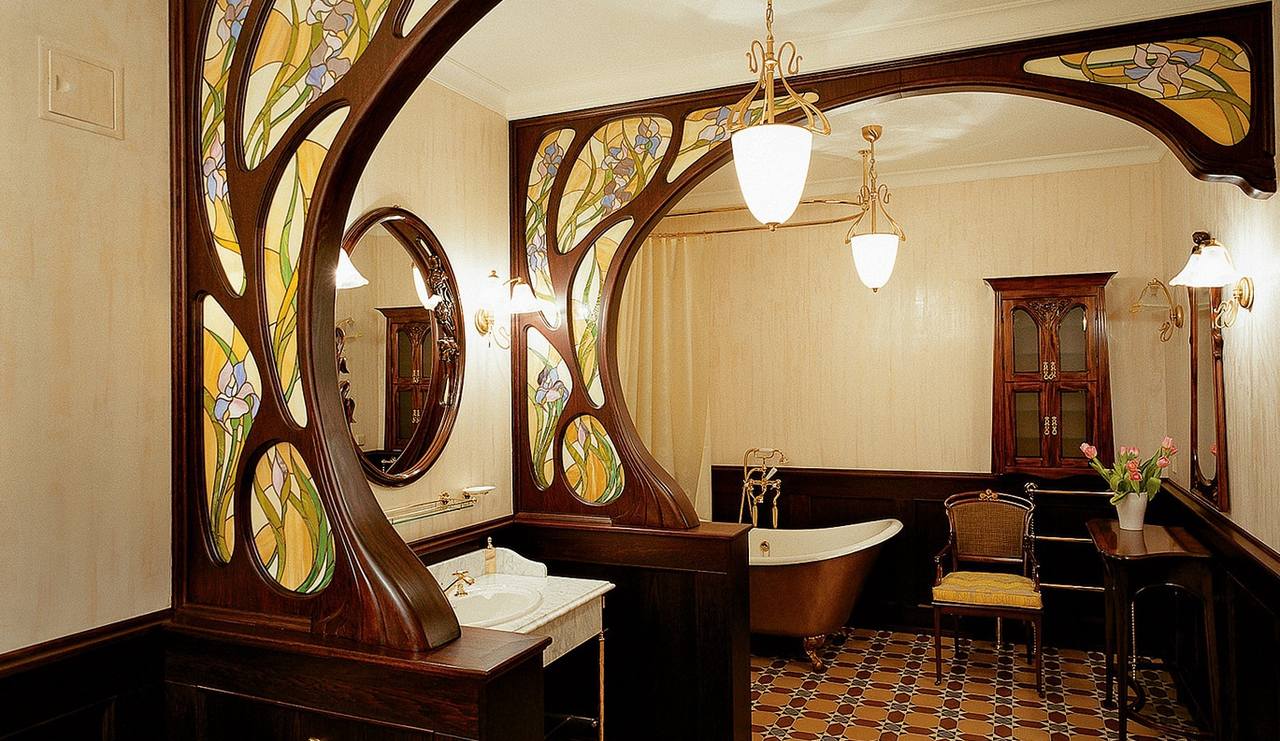


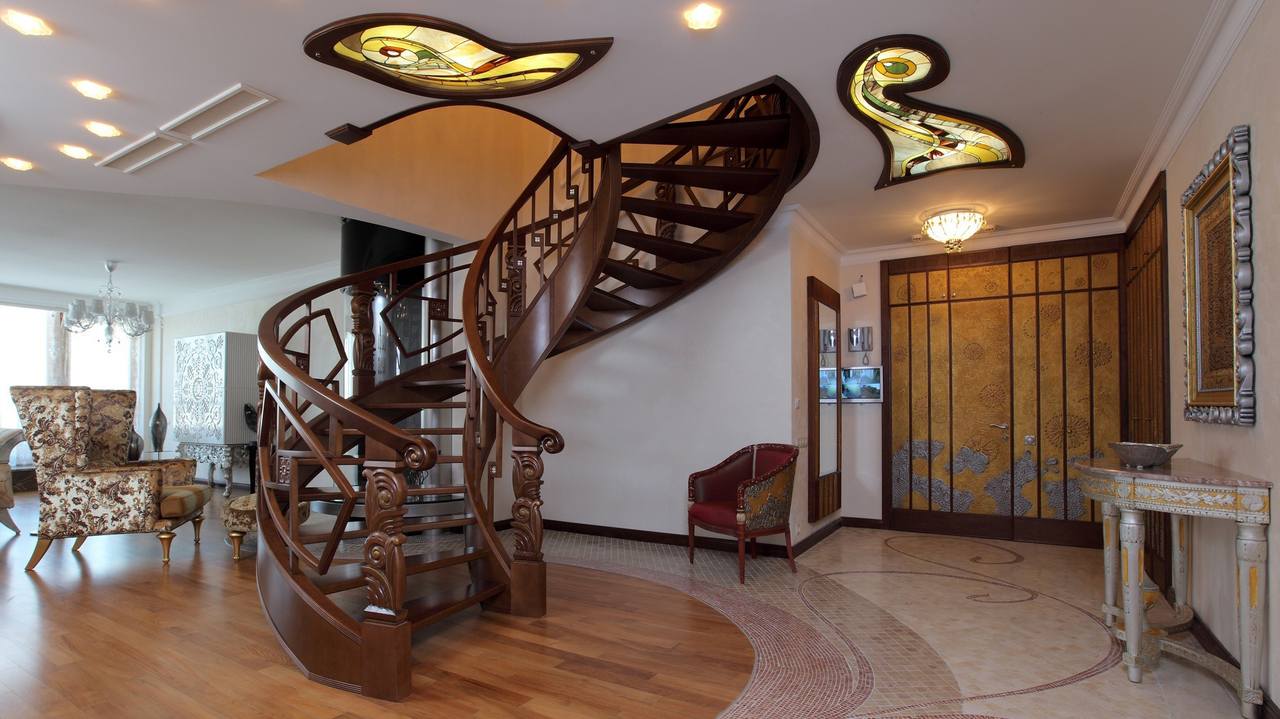
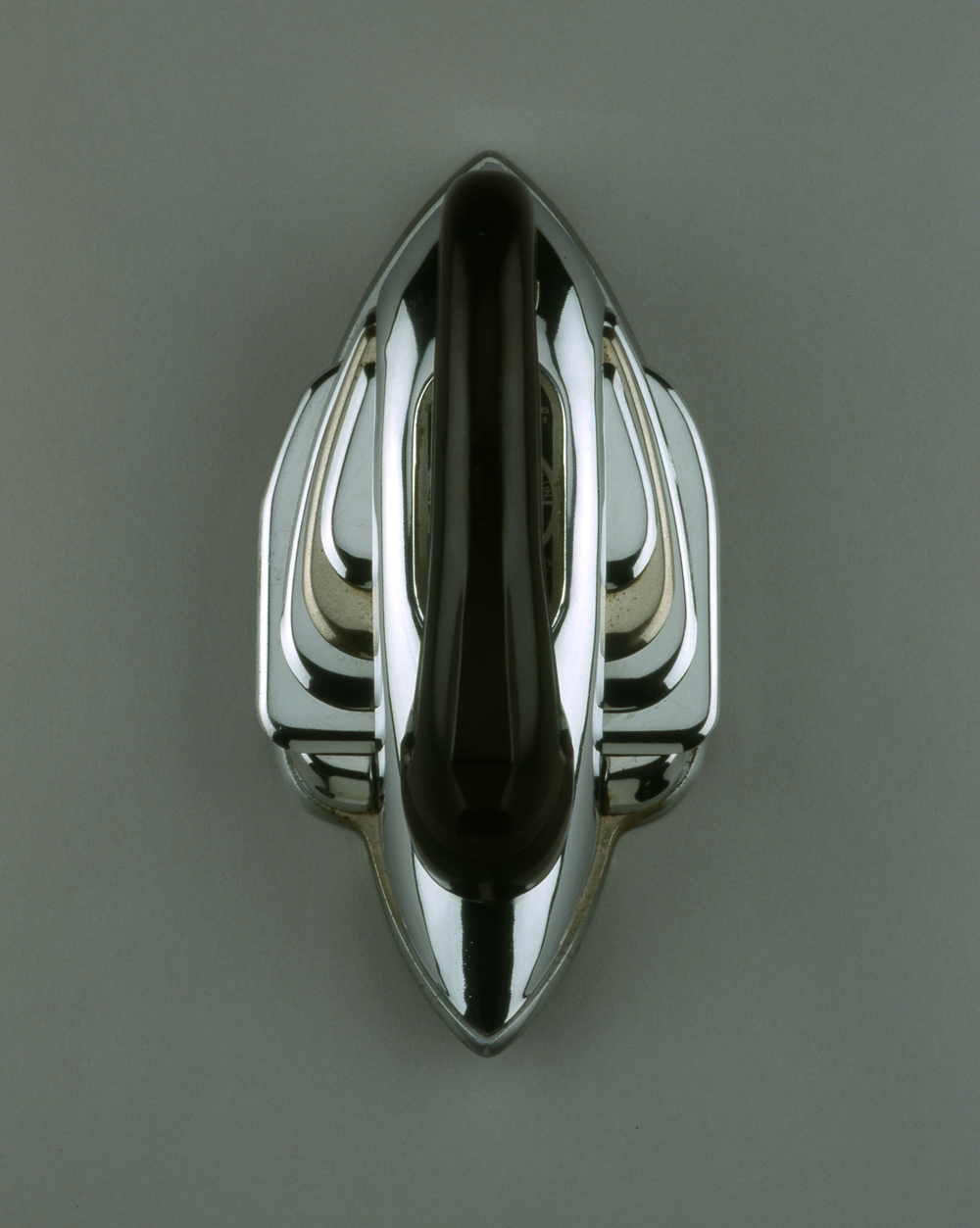


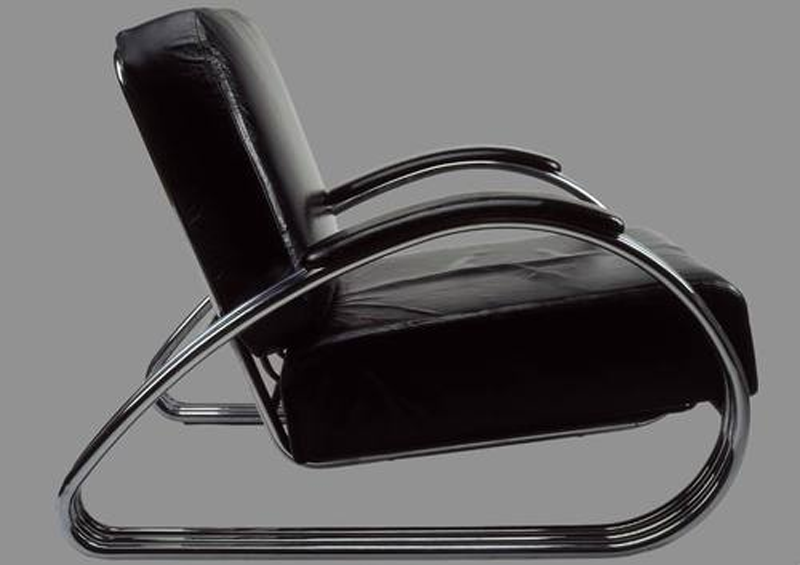

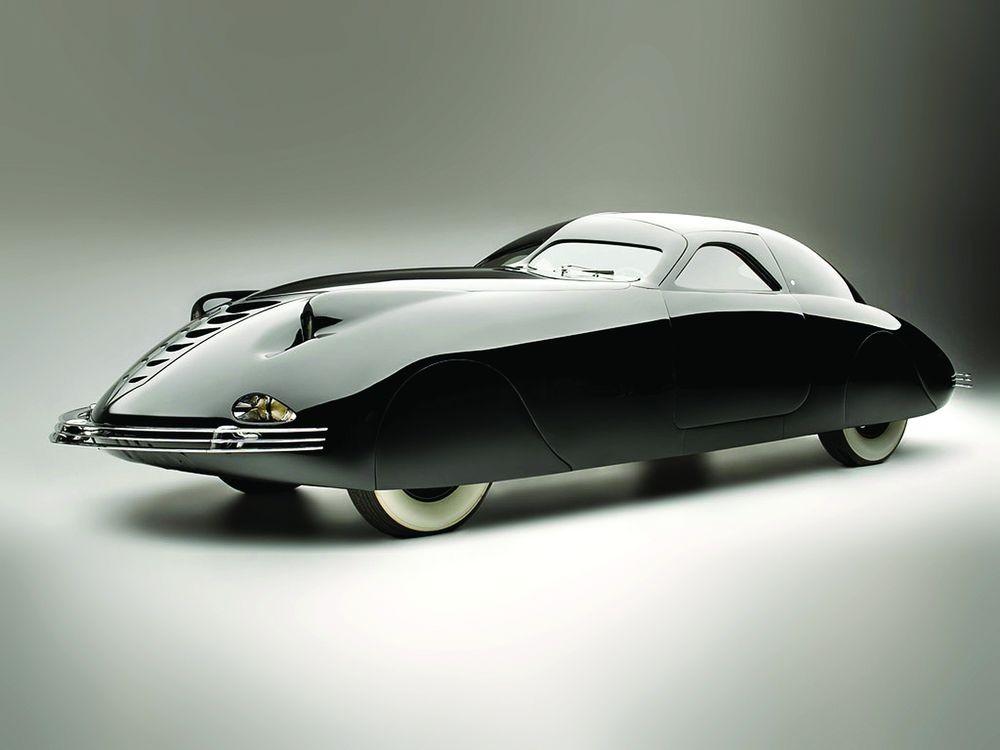
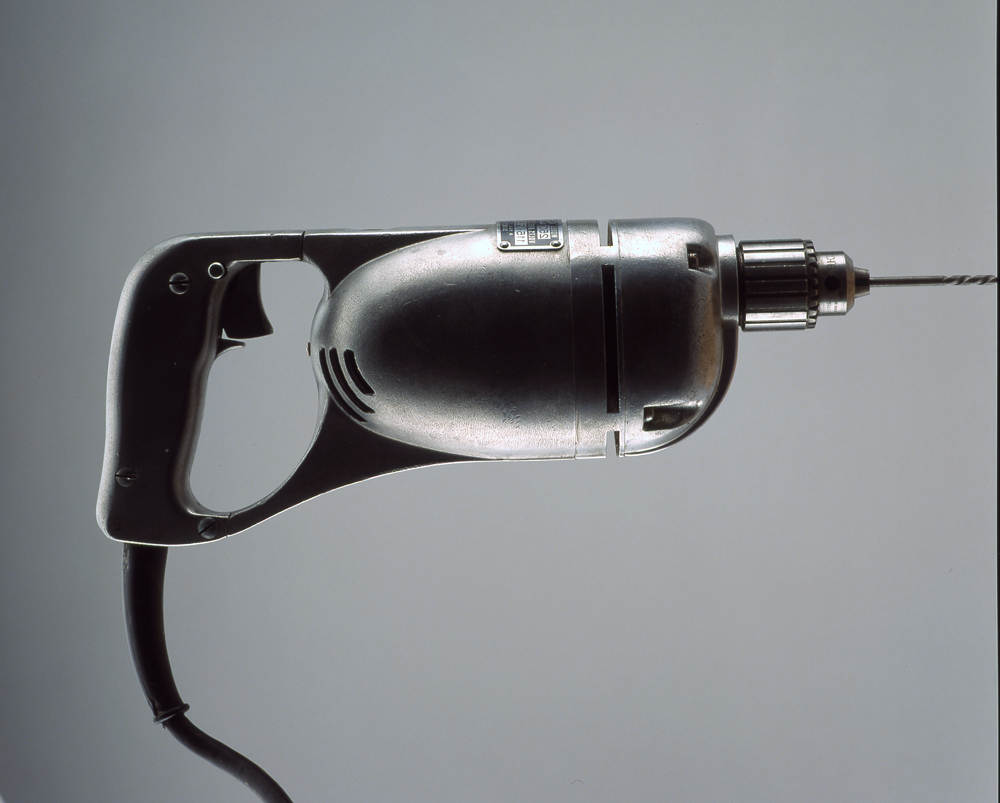




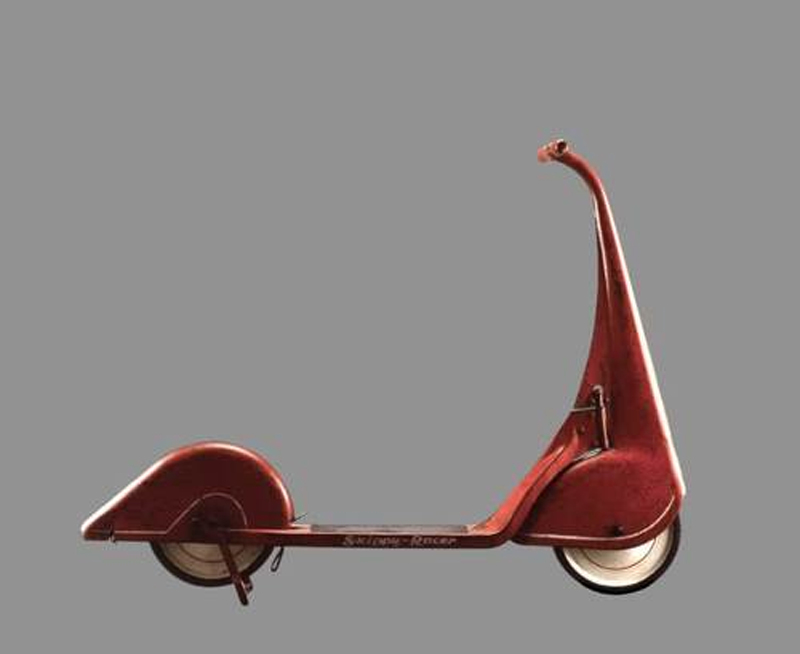







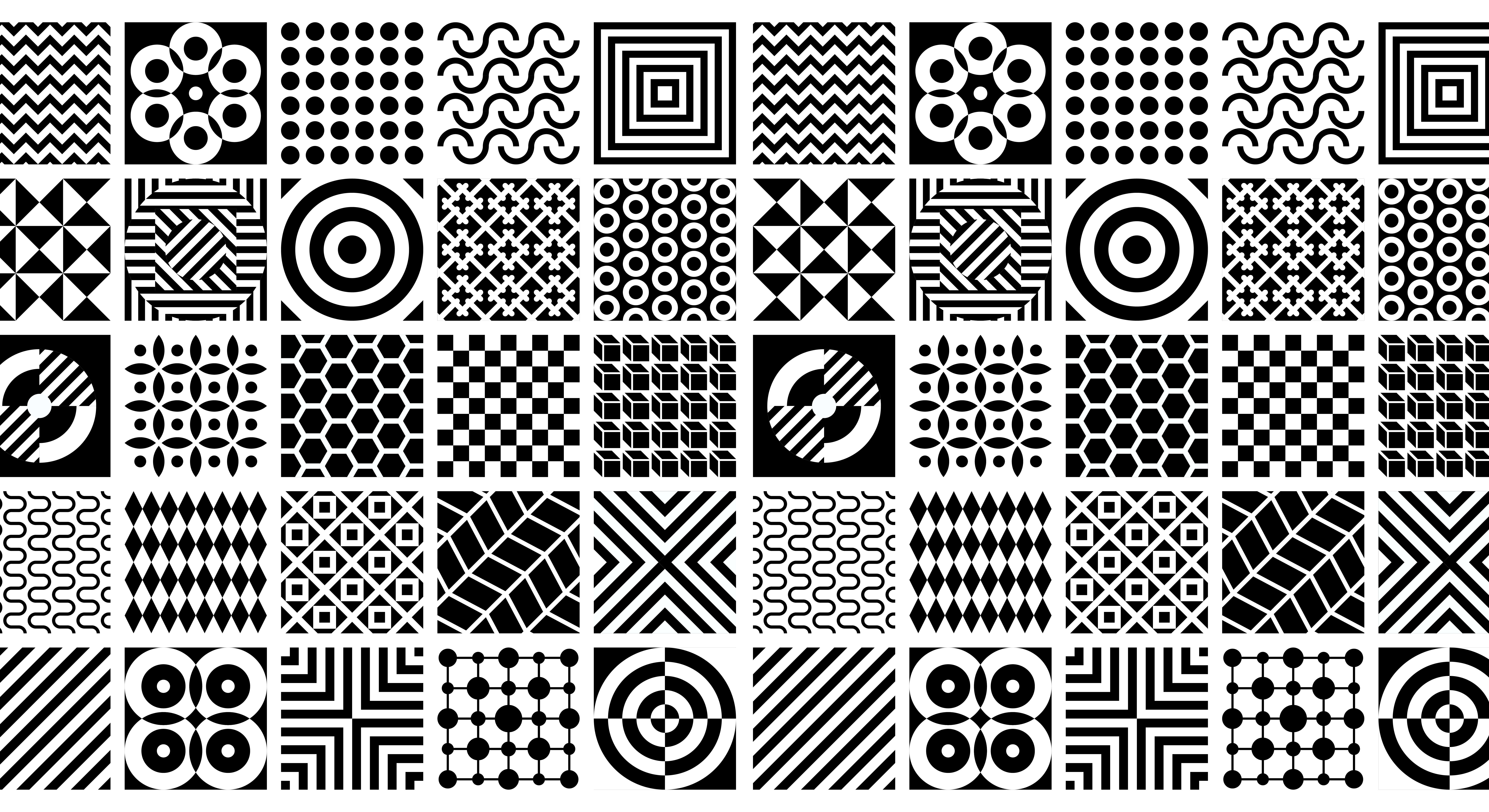



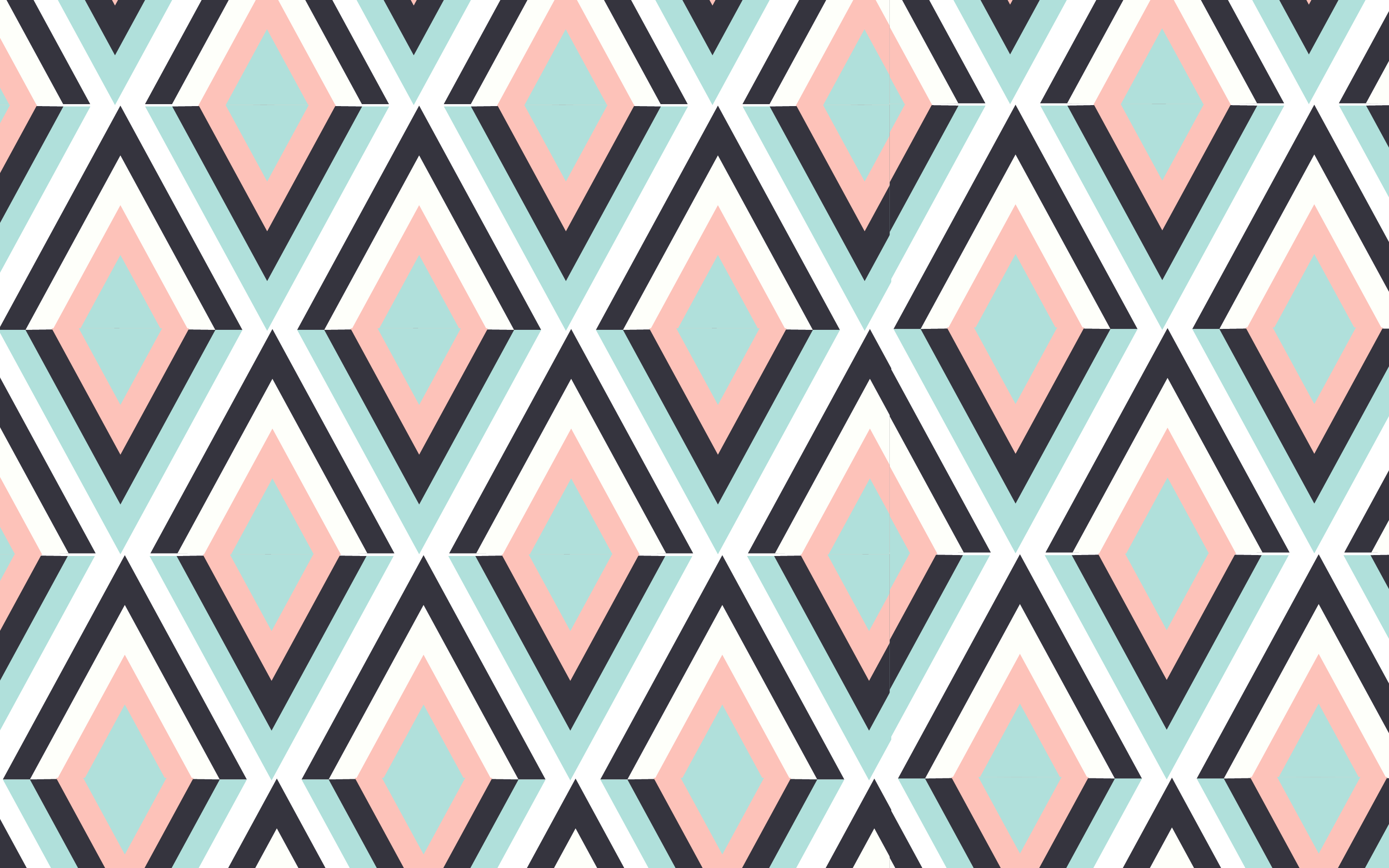



.jpg)







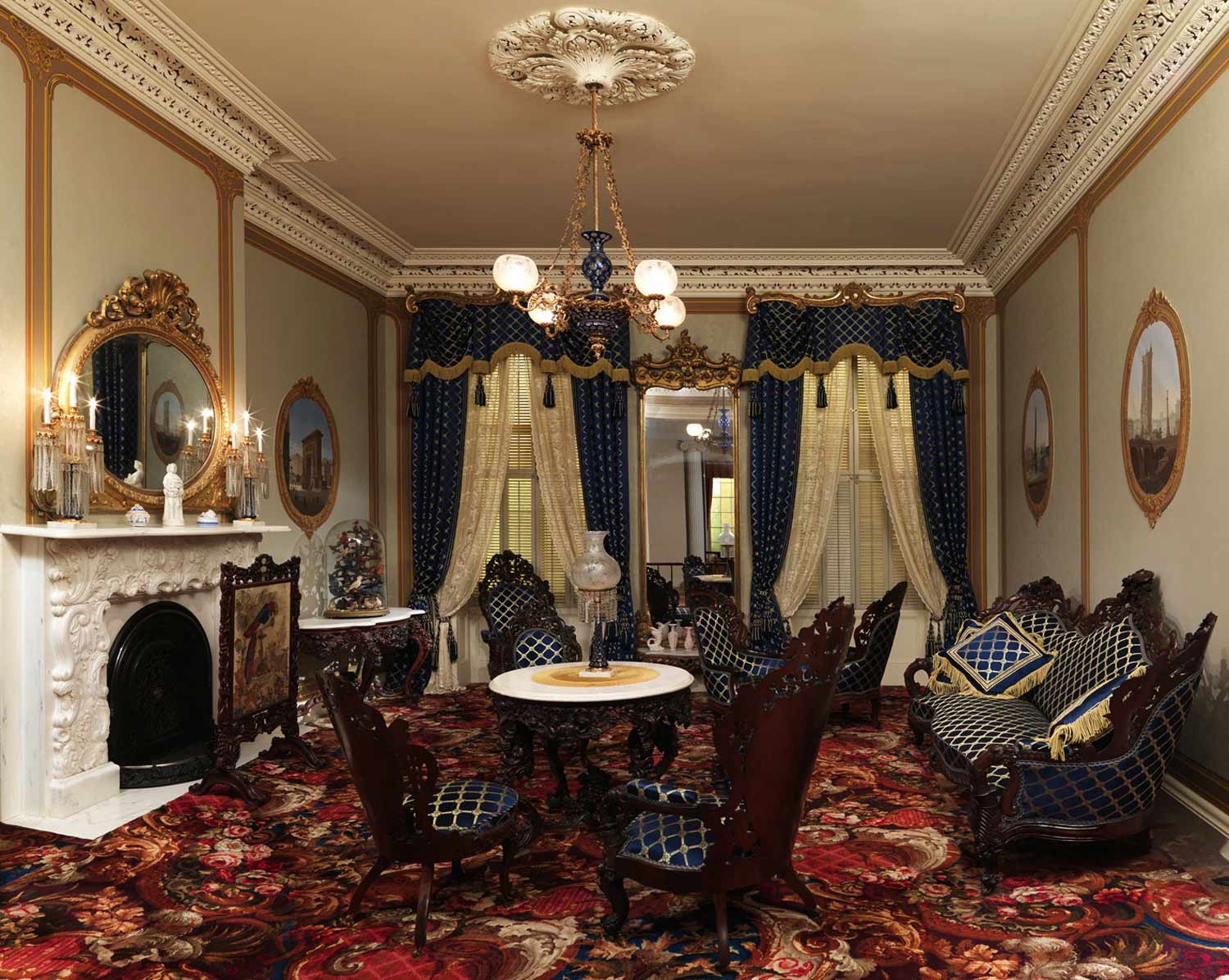

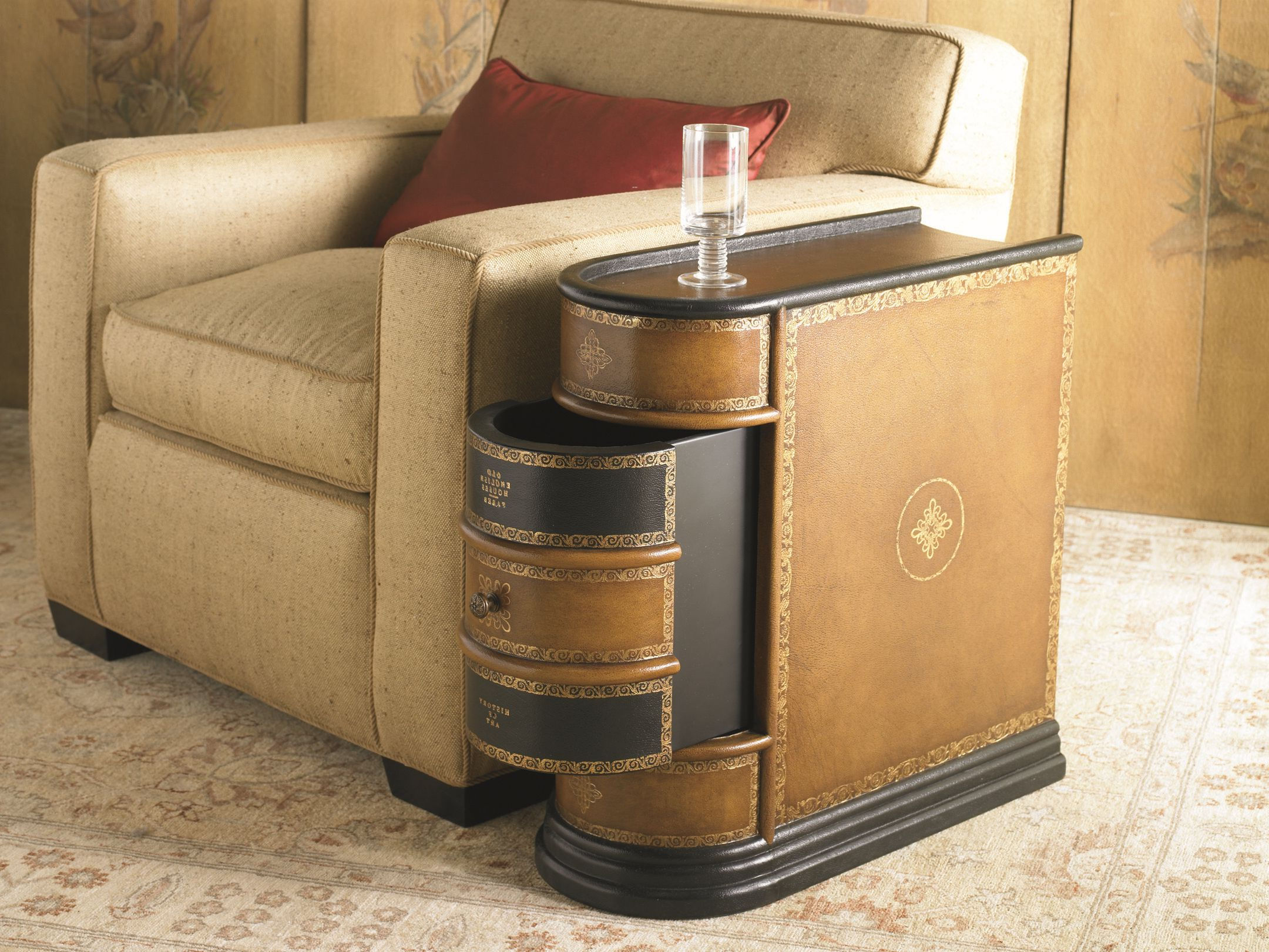

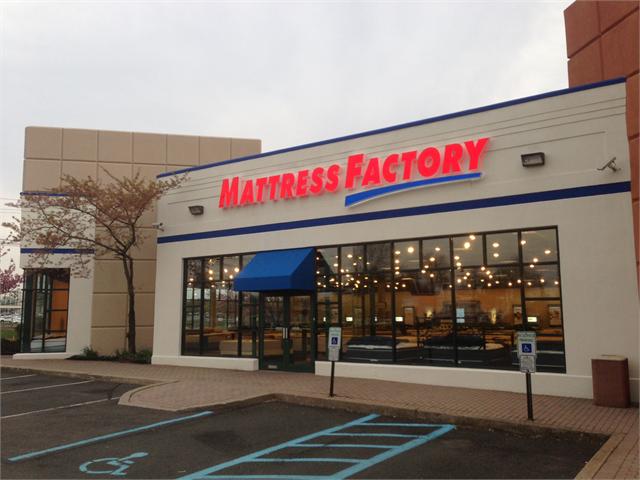

/Chandelier_0635-0b1c24a8045f4a2cbdf083d80ef0f658.jpg)

